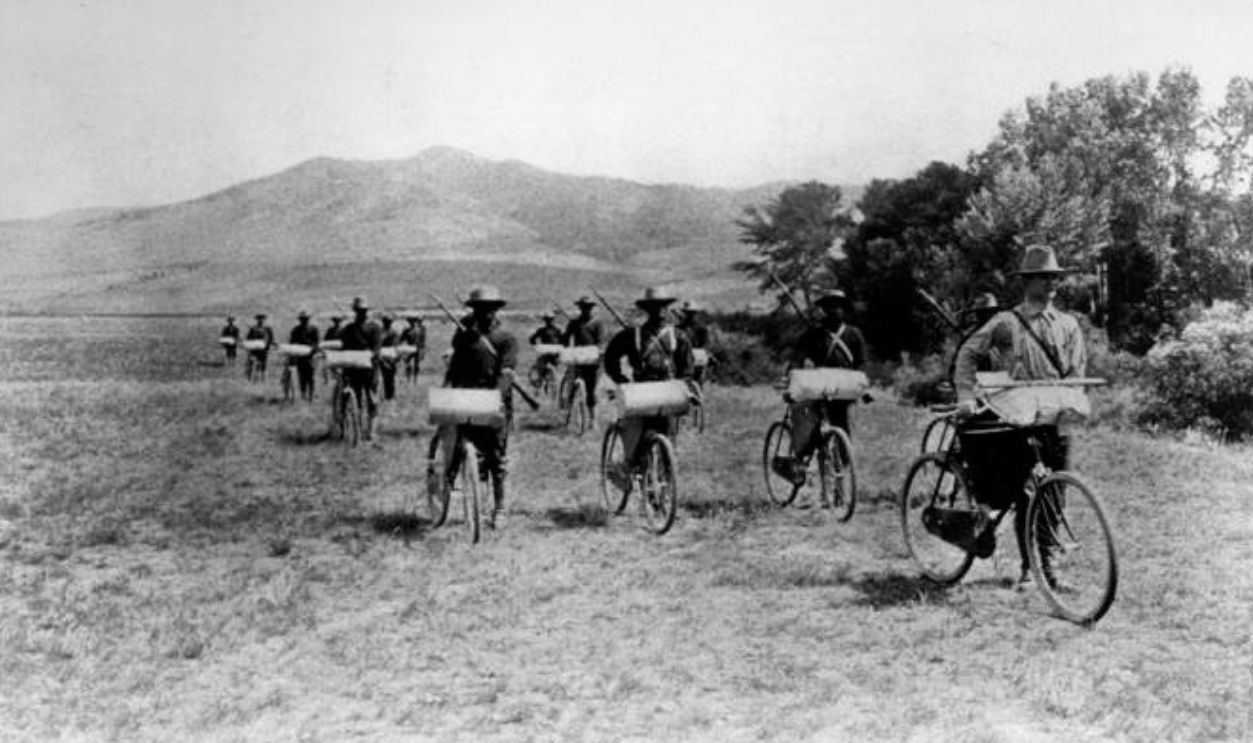Evolved With Style
What started as a hobbyhorse for the rich has spun into a universal mode of transport. Bicycles have seen it all: Fashion trends, wars, technological breakthroughs, and more. They've evolved with style and HOW.

Draisine Laid The Groundwork
Karl von Drais. He's the man. He didn't just invent a wooden contraption with two wheels—he gave it steerable front wheels. That simple but genius idea let riders guide their way with ease. The Draisine, created in 1817, was the first big step toward making personal transportation practical. It paved the road (literally) for modern bicycles.
 Unknown Author, Wikimedia Commons
Unknown Author, Wikimedia Commons
The First Push Propulsion
Early riders of the Draisine propelled it Flintstone-style, that is, by pushing their feet along the ground. Unlike today's precision vehicles, these early models were awkward and heavy. Still, they proved something remarkable: two wheels aligned in a straight line could balance and make way for better designs.
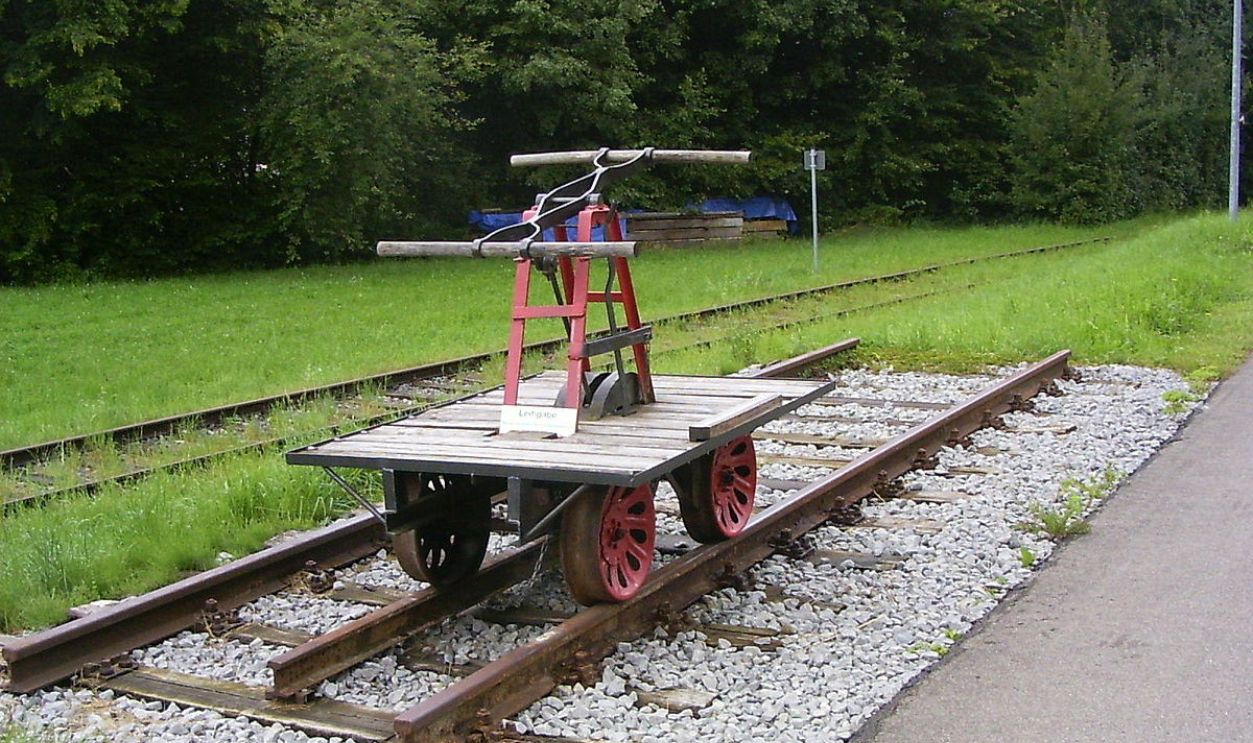 Pimvantend, CC BY-SA 3.0, Wikimedia Commons
Pimvantend, CC BY-SA 3.0, Wikimedia Commons
From Hobbyhorses To Velocipedes
In the 1820s, Europeans welcomed the hobbyhorse, a wooden frame with two wheels and handlebars. Hobbyhorses gave rise to the velocipede, the first pedal-powered bike, in the 1860s. The name means "fast foot" in Latin, but early models were called "boneshakers" due to their unforgiving ride on cobblestones.
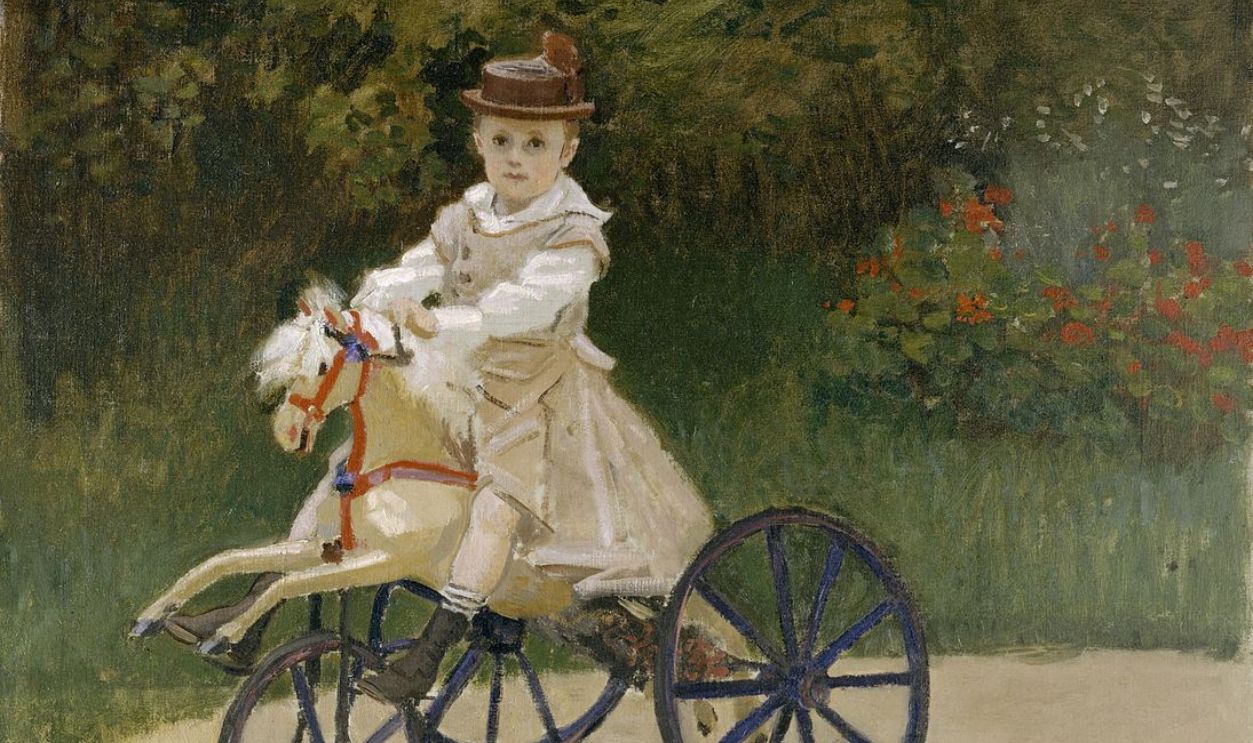 Claude Monet, Wikimedia Commons
Claude Monet, Wikimedia Commons
The Dawn Of Pedals
When French inventors Pierre Michaux and Pierre Lallement added pedals to the front wheel in 1863, the velocipede became a sensation. Riders could now sit upright and move without dragging their feet. Although the design wasn't perfect—the front-heavy balance made it tricky.
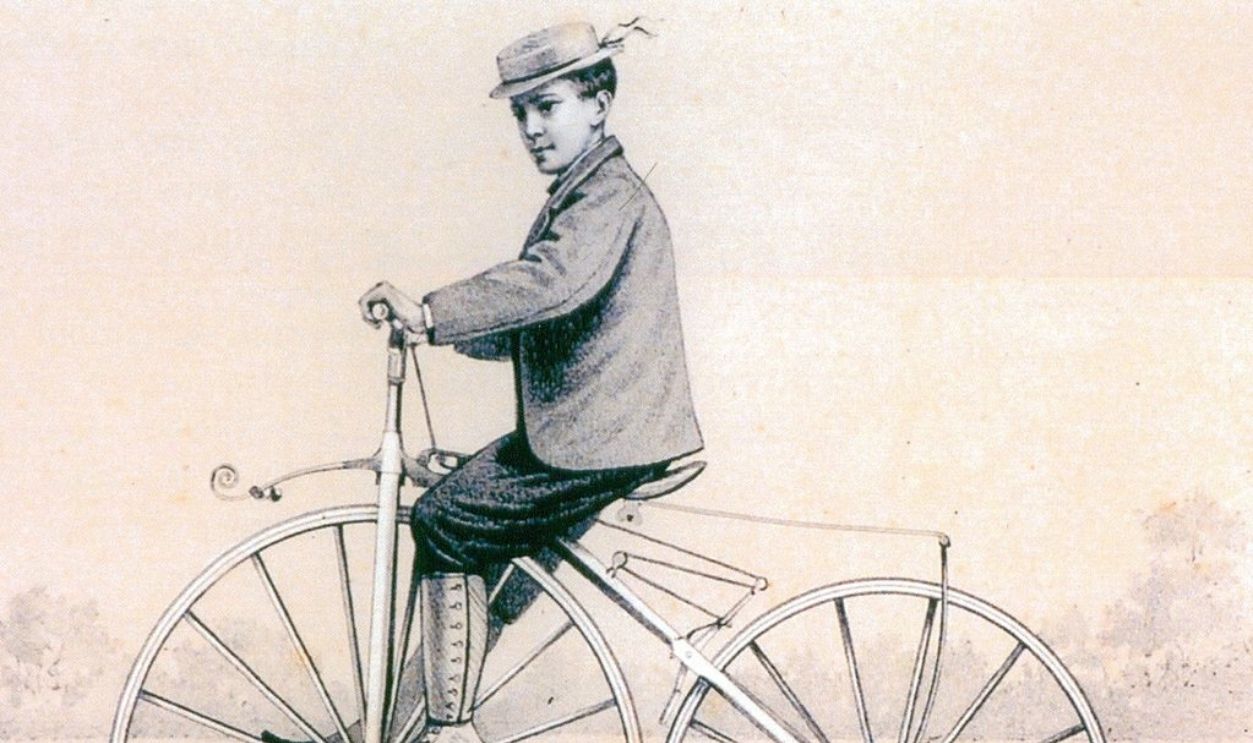 Unknown Author, Wikimedia Commons
Unknown Author, Wikimedia Commons
The Penny-Farthing Craze
By the 1870s, we had the penny-farthing, with a big front wheel and tiny rear wheel. The big wheel covered more ground per pedal stroke, but riding it required nerve—and a ladder. A fall from this height wasn't just embarrassing; it could be dangerous. Yet, it became a status symbol.
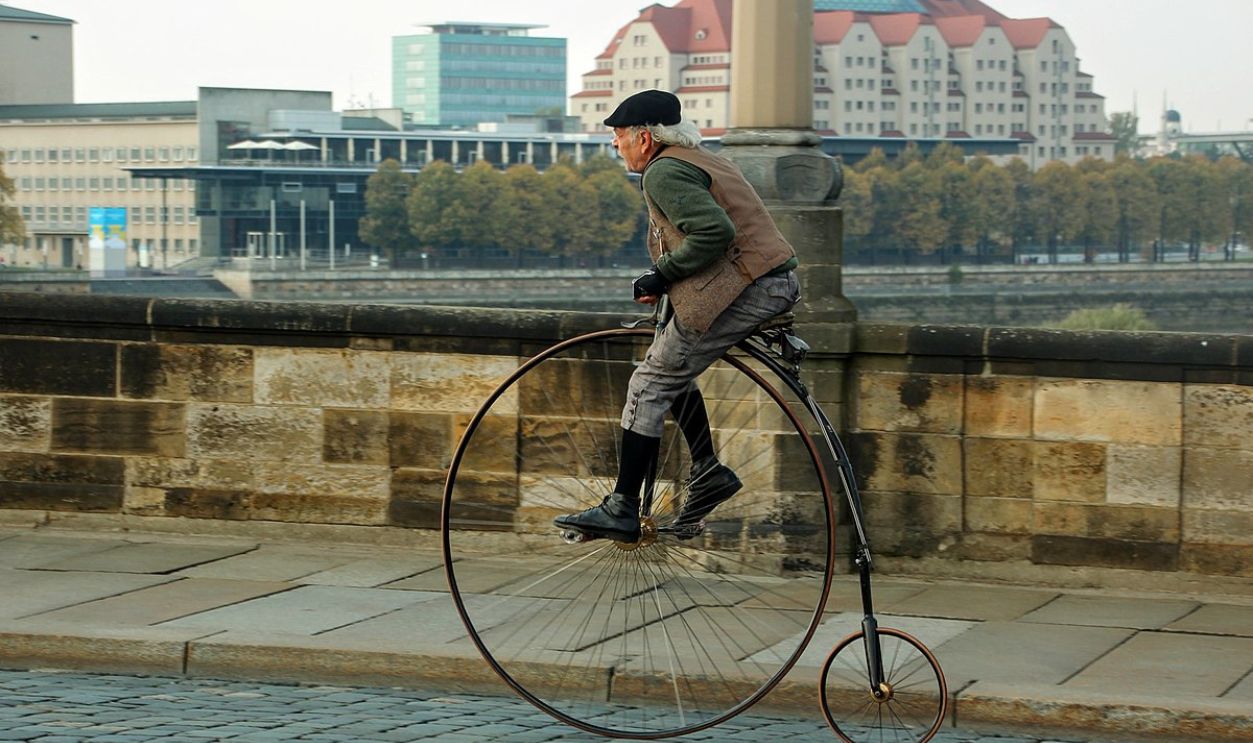 Fjmustak, CC BY-SA 4.0, Wikimedia Commons
Fjmustak, CC BY-SA 4.0, Wikimedia Commons
Columbia Bicycles Take The Lead
Albert Pope didn't just make penny-farthings cool in America. With Columbia Bicycles, he made cycling a movement. Splashy advertising campaigns and backing the Good Roads Movement—Columbia pushed for better streets and made sure bikes weren't just toys for the rich. That's when cycling turned into something serious.
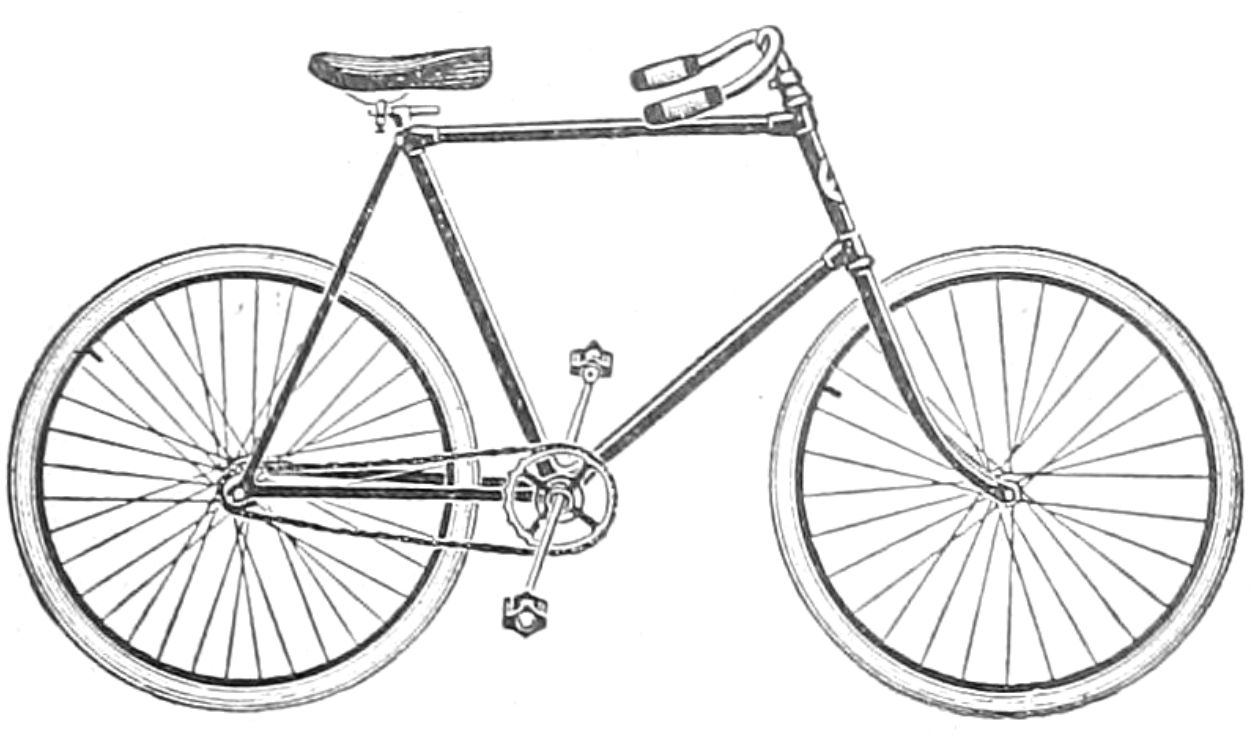 Unknown Illustrator, Wikimedia Commons
Unknown Illustrator, Wikimedia Commons
John Kemp Starley's Rover Bicycle
The 1880s were a turning point when the safety bicycle debuted with two wheels of equal size and a chain drive that moved the rear wheel. It was safer and accessible to more people. John Kemp Starley's Rover Bicycle was the gold standard for giving riders newfound confidence to travel farther and faster.
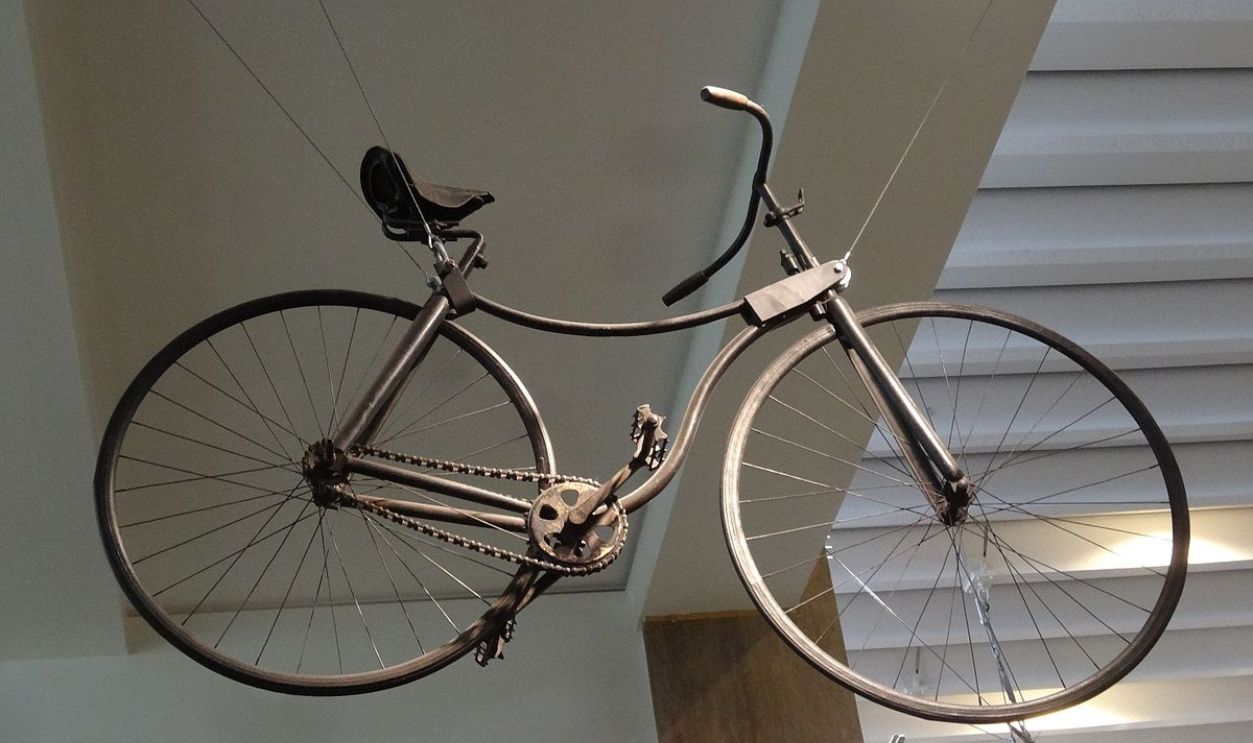 Jonathan Cardy, CC BY-SA 3.0, Wikimedia Commons
Jonathan Cardy, CC BY-SA 3.0, Wikimedia Commons
Raleigh Cycles Rule The Roads
Then, Nottingham's Raleigh Cycles rolled onto the scene in 1887, becoming a household name in no time. The durability and sleek design of the Raleigh bikes were built for everyone—from Sunday riders to serious commuters. By the early 1900s, owning a Raleigh was like having the Cadillac of bicycles.
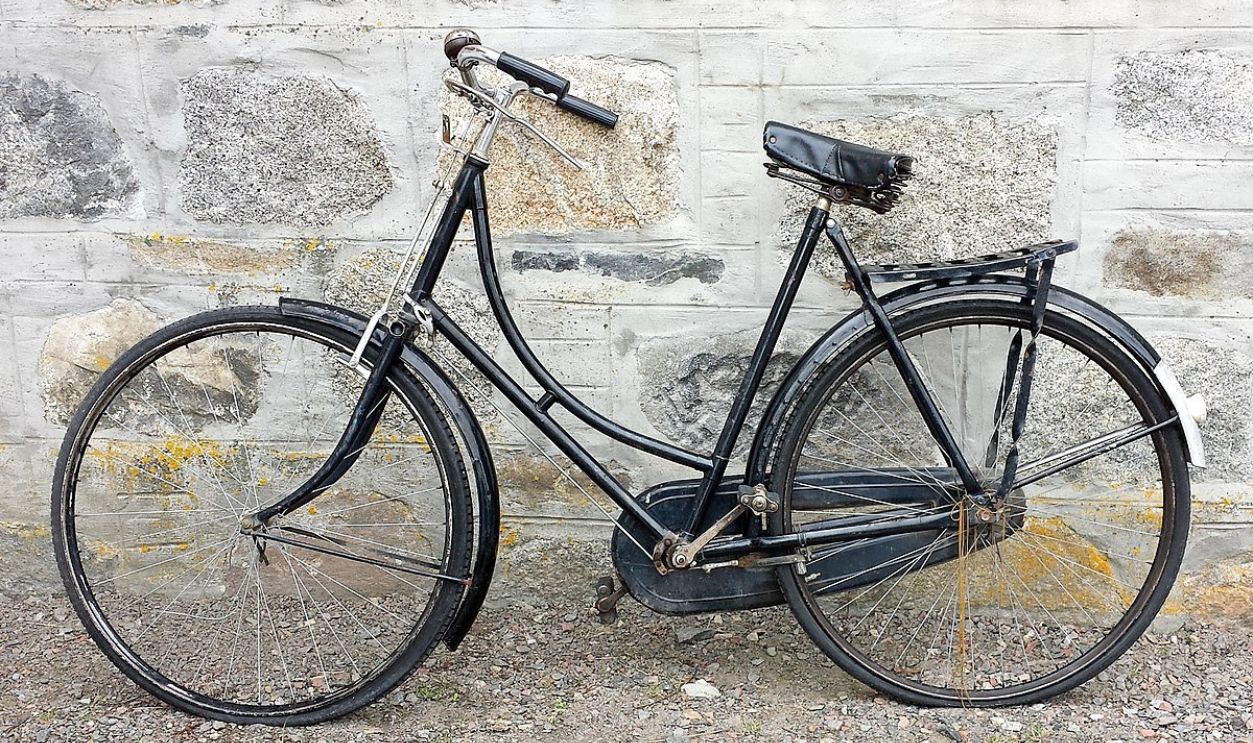 DeFacto, CC BY-SA 4.0, Wikimedia Commons
DeFacto, CC BY-SA 4.0, Wikimedia Commons
Chain Drives And Smooth Rides
The game-changing chain drive allowed the rear wheel to rotate independently of the pedals. Before this, direct pedal-to-wheel contact made cycling awkward and slow. With chains, riders could maintain speed with less effort. Since then, bicycles turned into reliable commutes for the masses.
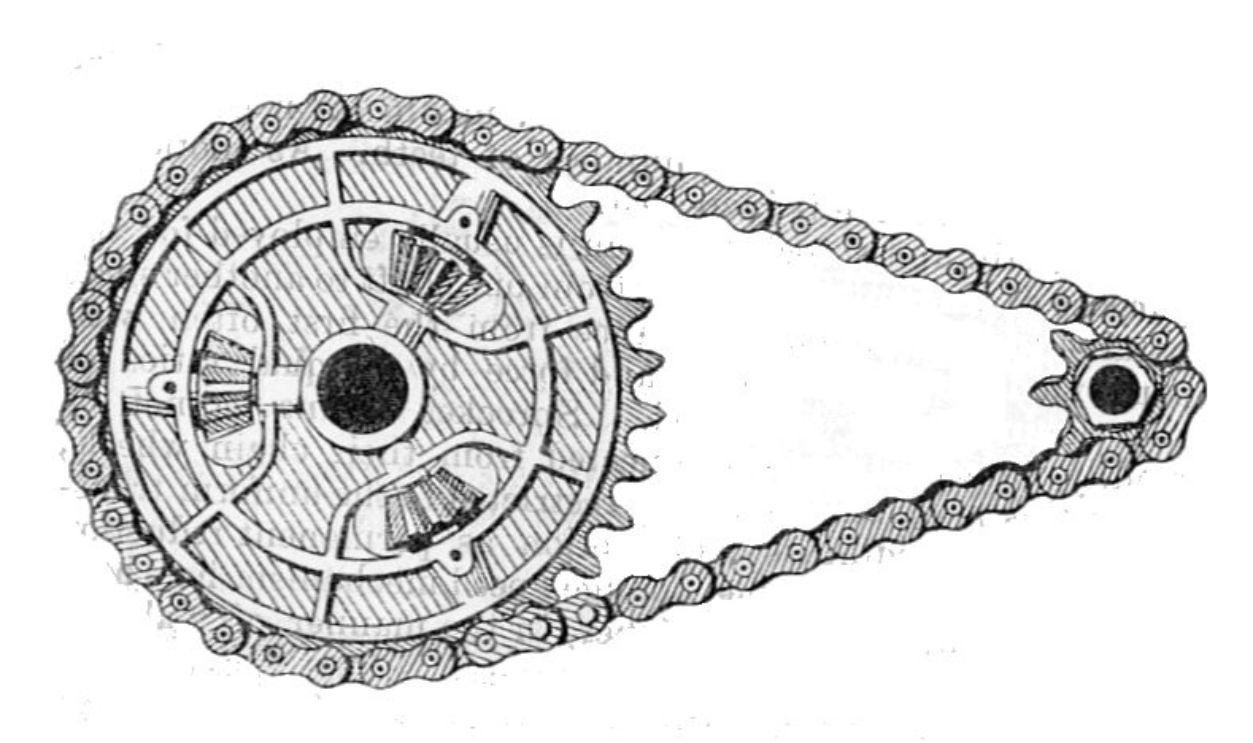 Andy Dingley, Wikimedia Commons
Andy Dingley, Wikimedia Commons
Steel Frames Transform Cycling
Soon, steel frames replaced the wood and iron of earlier bicycles. This 19th-century leap in material technology reduced weight significantly. For the first time, bicycles were durable enough for rough roads and light enough for long journeys. Riders suddenly had a machine that could handle whatever terrain they faced.
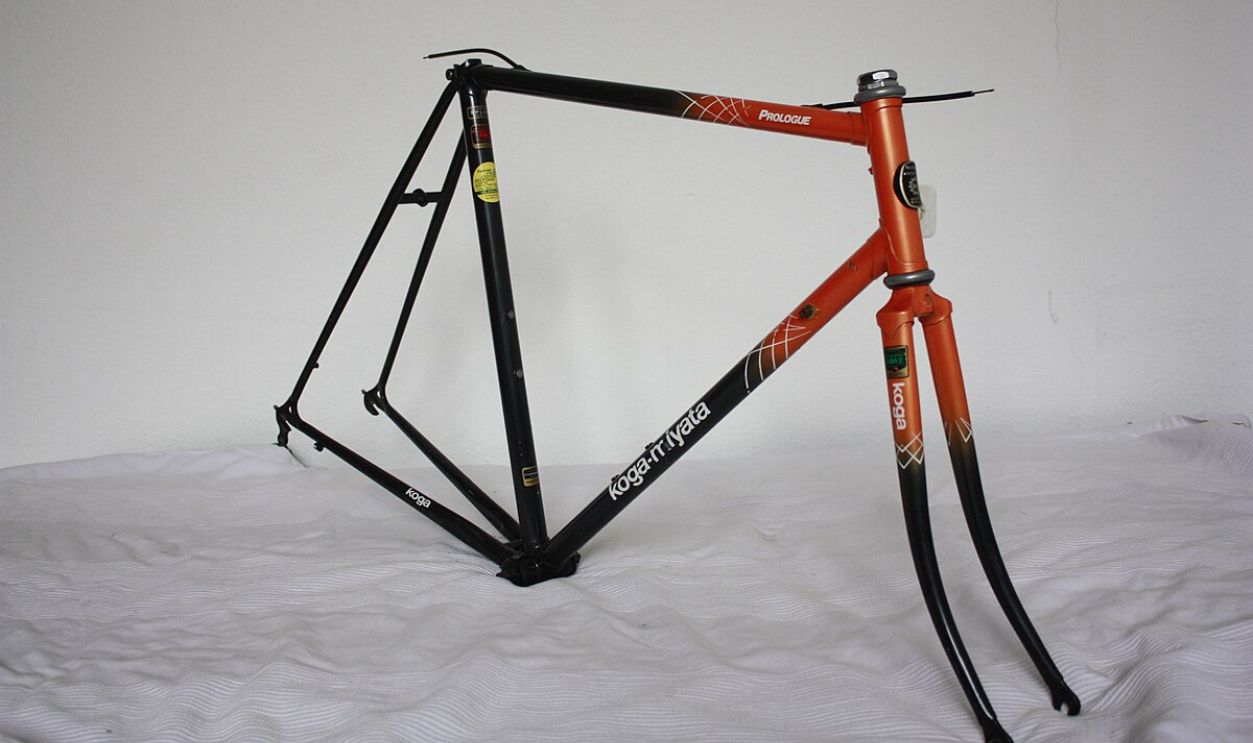 Friedjof, CC BY-SA 4.0, Wikimedia Commons
Friedjof, CC BY-SA 4.0, Wikimedia Commons
John Boyd Dunlop's Pneumatic Tires
John Boyd Dunlop's 1888 invention of pneumatic tires made cycling a whole lot smoother. No more feeling every bump and crack in the road. Robert William Thomson had the same idea back in 1845, but it didn't catch on. Fortunately, Dunlop's air-filled tubes finally gave cyclists the comfort they needed.
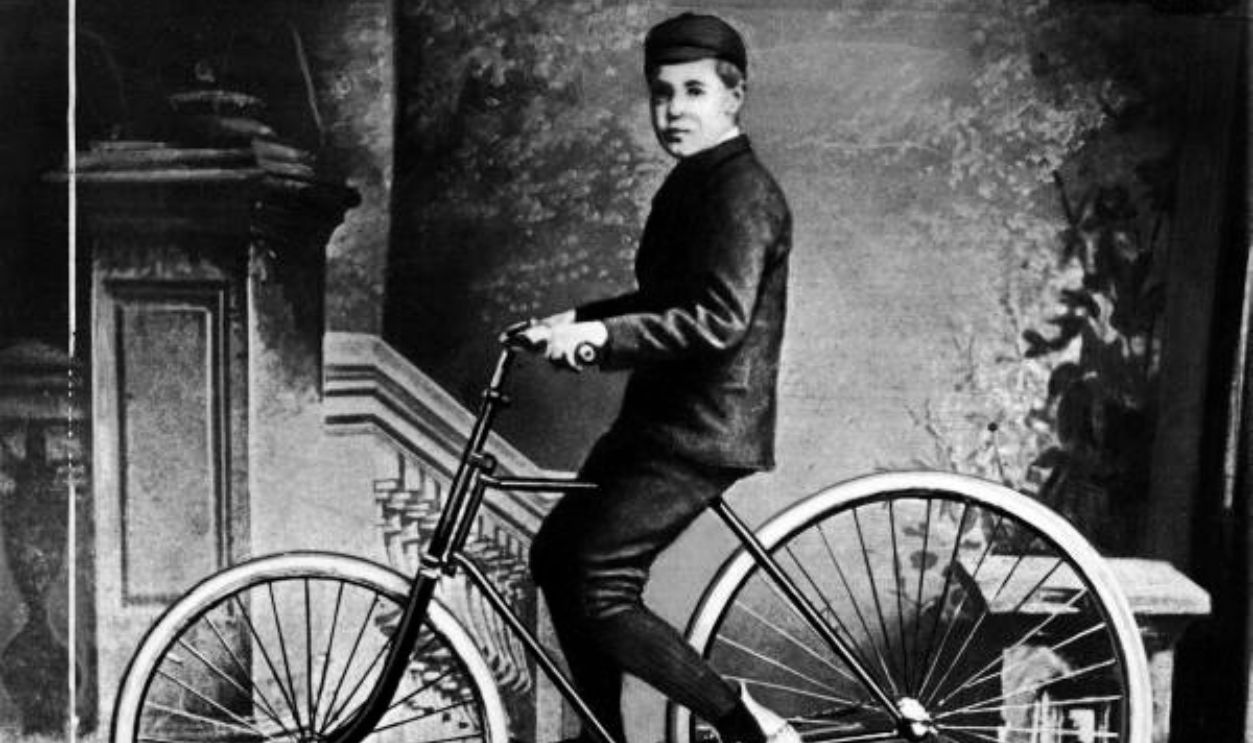 Unknown Author, Wikimedia Commons
Unknown Author, Wikimedia Commons
Schwinn Bikes And The American Dream
Schwinn was another company that made hit bikes. In the 1900s, their balloon-tire beauties, like the Schwinn Phantom, were every kid's dream ride. Solid, stylish, and built to last, Schwinn bikes became the heart of childhood memories and proof of American craftsmanship.
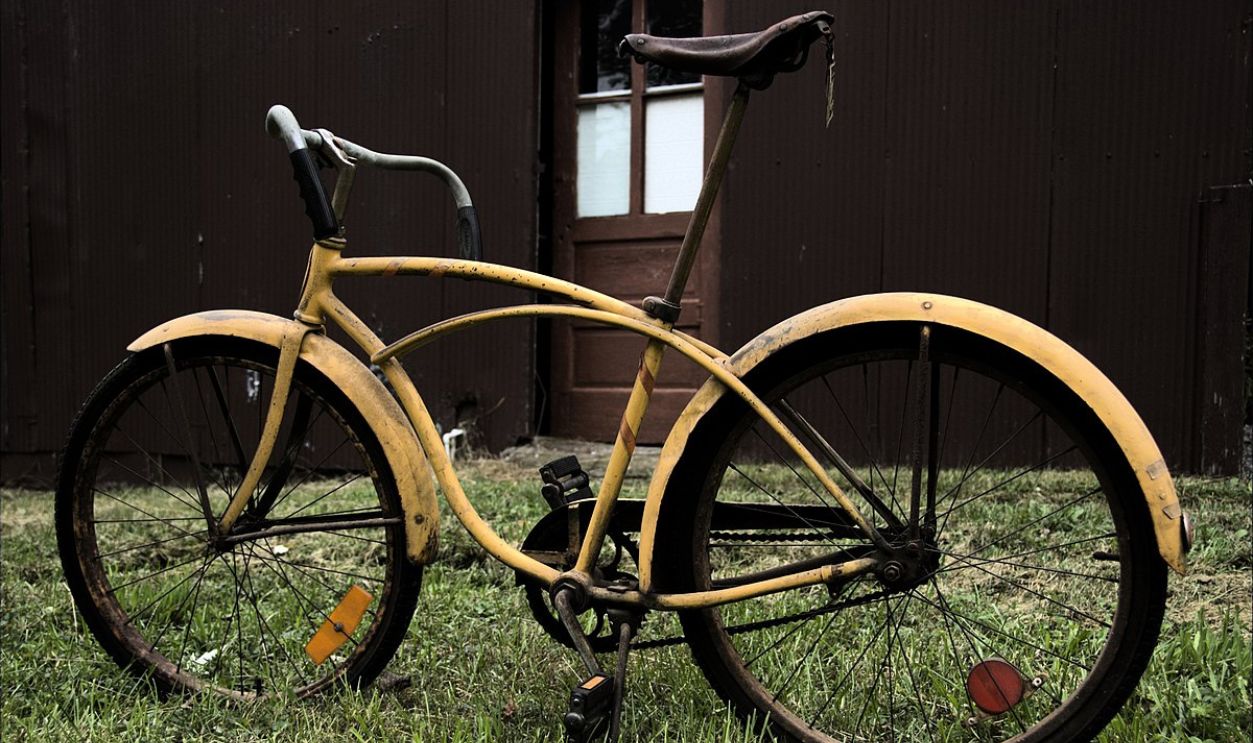 bs, CC BY 2.0, Wikimedia Commons
bs, CC BY 2.0, Wikimedia Commons
Gears Changing The Game
At first, there was only one gear. Then came multi-speed gears, where people could adjust their pedaling effort. Introduced widely in the early 20th century, the innovation made bicycles much better vehicles. Hills became thrills, and journeys seemed less grueling—a change that meant bicycles would be relevant for generations.
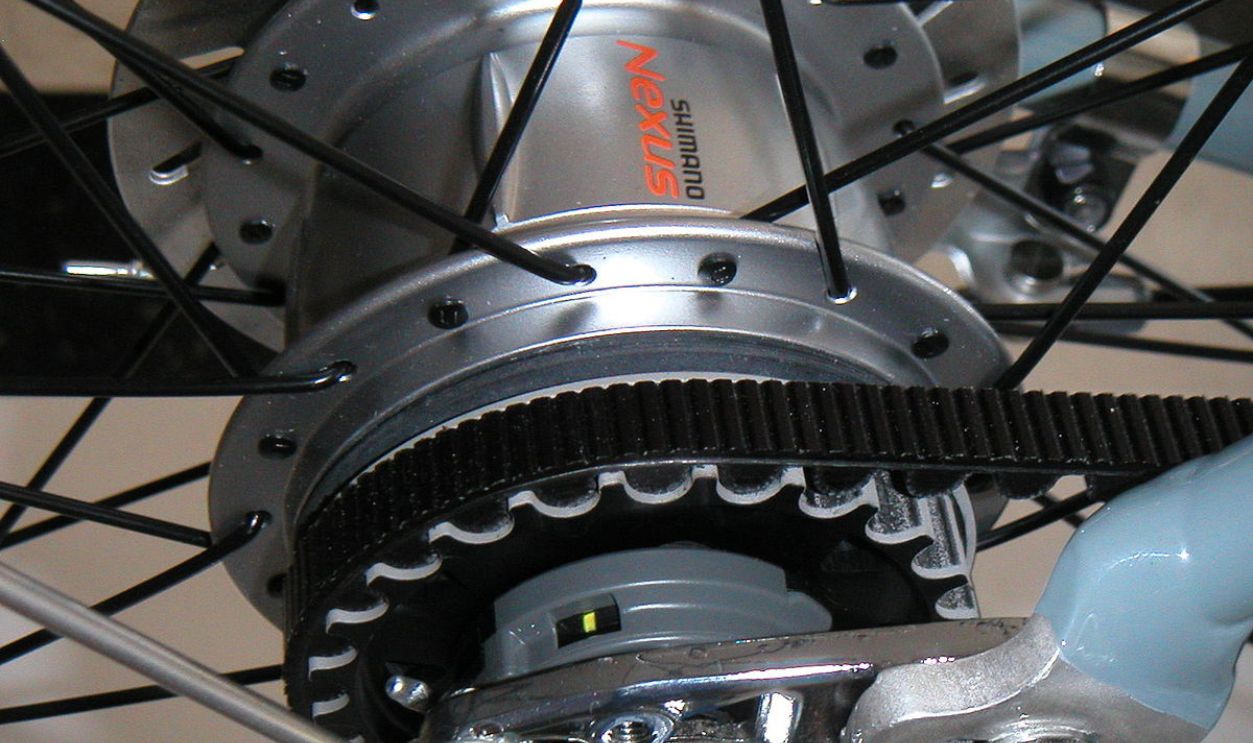 AndrewDressel, CC BY-SA 3.0, Wikimedia Commons
AndrewDressel, CC BY-SA 3.0, Wikimedia Commons
Tullio Campagnolo's Quick-Release Genius
Frustrated during a race when frozen wheel nuts cost him valuable time, Tullio Campagnolo invented a lever that made removing and reattaching wheels effortless. His 1930 innovation turned races around and laid the foundation for the world-famous Campagnolo brand, famous for top-quality bike components.
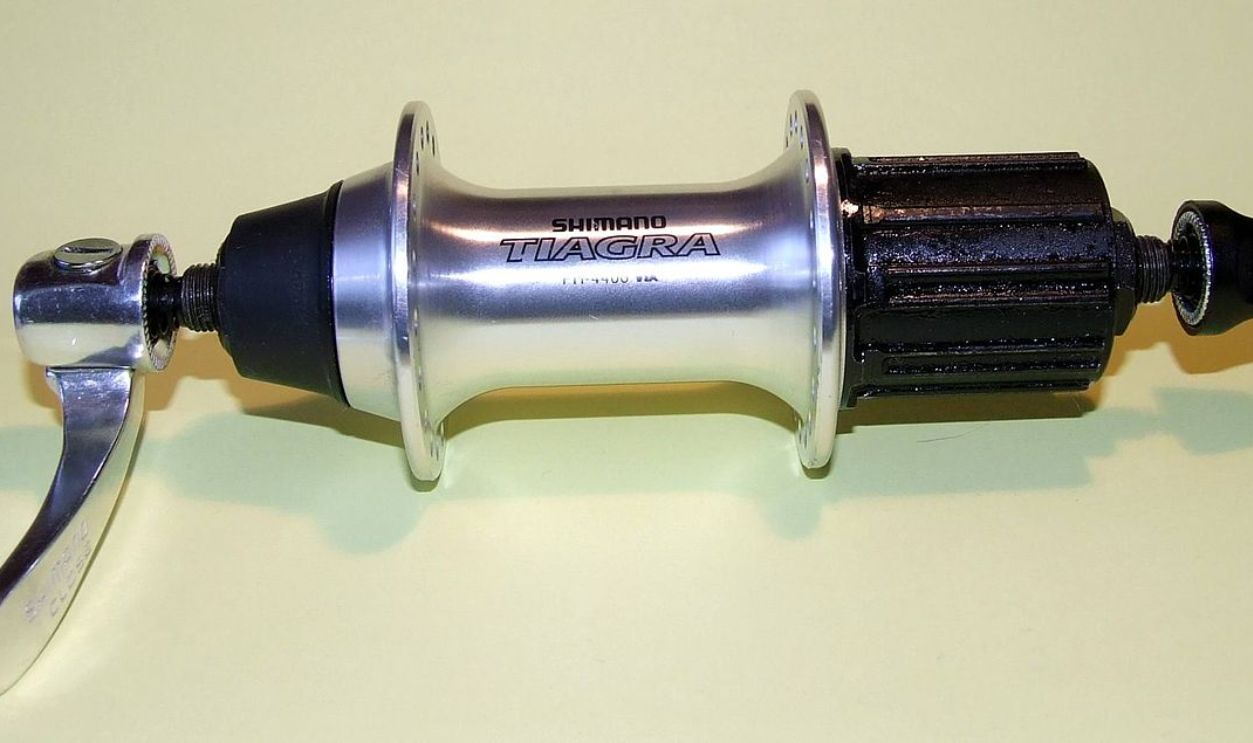 Bartosz Senderek, CC BY-SA 2.5, Wikimedia Commons
Bartosz Senderek, CC BY-SA 2.5, Wikimedia Commons
Hydraulic Disc Brakes
What flipped the script again were hydraulic brakes. Unlike rim brakes, these provided serious stopping power, even in wet or muddy conditions. Mountain bikers and road racers thanked the smooth control and safety they offered—now, it's hard to imagine high-performance bikes without them.
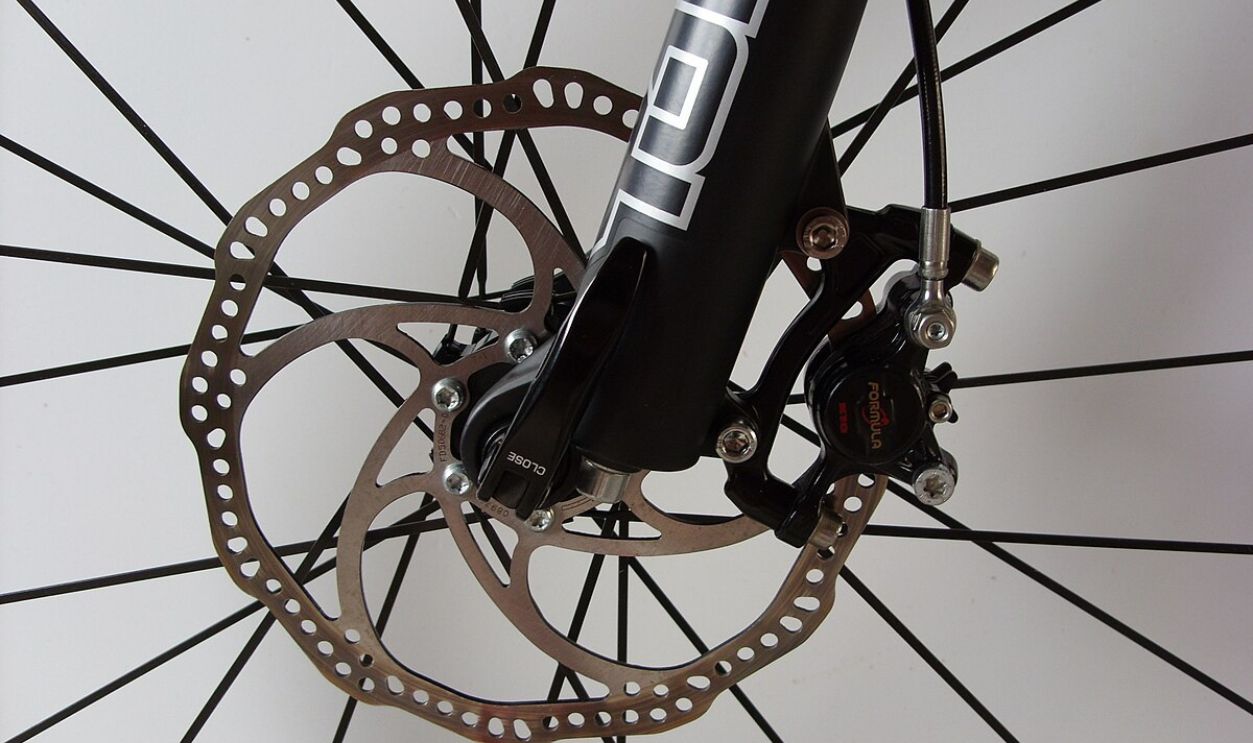 StromBer, CC BY 3.0, Wikimedia Commons
StromBer, CC BY 3.0, Wikimedia Commons
Lightweight Materials In Design
Bicycles were upgraded once again when aluminum and titanium replaced steel in the mid-20th century. These lightweight materials made bikes faster and easier to maneuver. Professionals particularly loved the speed boost. As for casual riders, they appreciated not having to drag around a heavy frame.
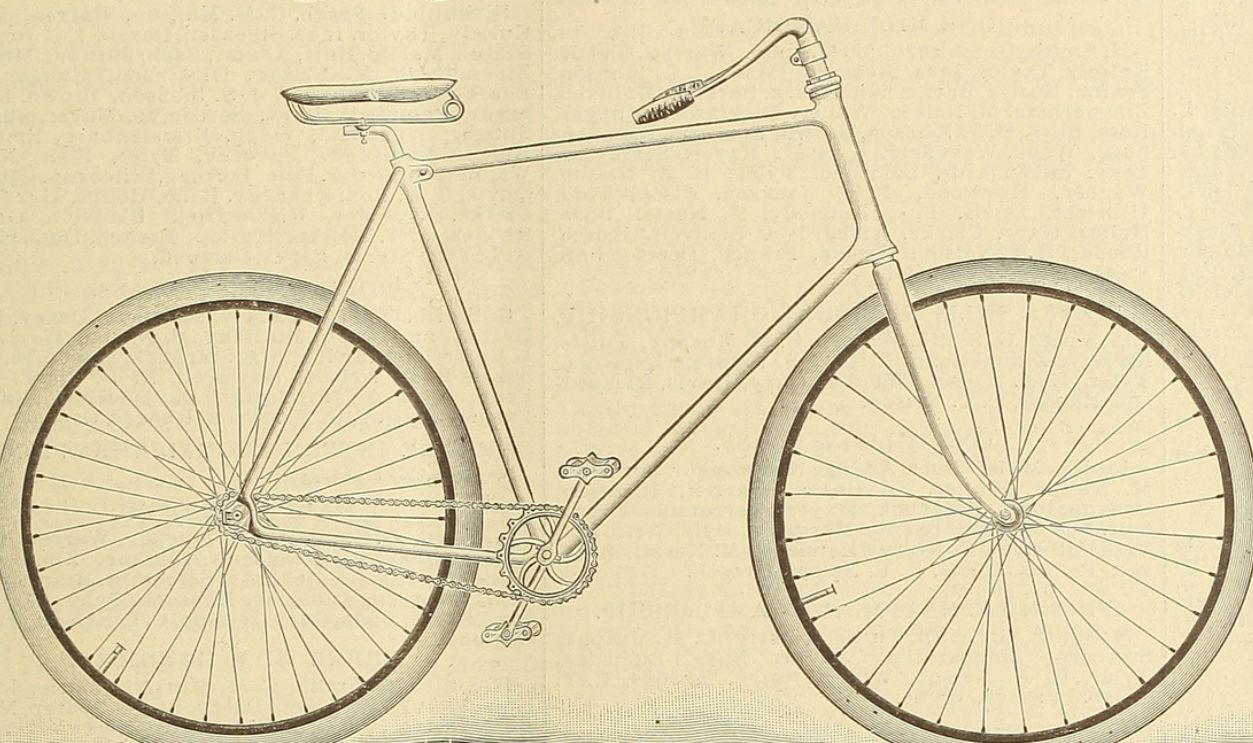 Unknown Author, Wikimedia Commons
Unknown Author, Wikimedia Commons
Carbon Fiber For Speed And Style
Carbon fiber took bicycles to the next level in the late 20th century. The ultra-light yet durable material replaced aluminum and steel, letting riders zoom faster and push boundaries. Aerodynamic shapes and custom-built frames turned carbon fiber into a must-have for pros chasing records and riders needing comfort.
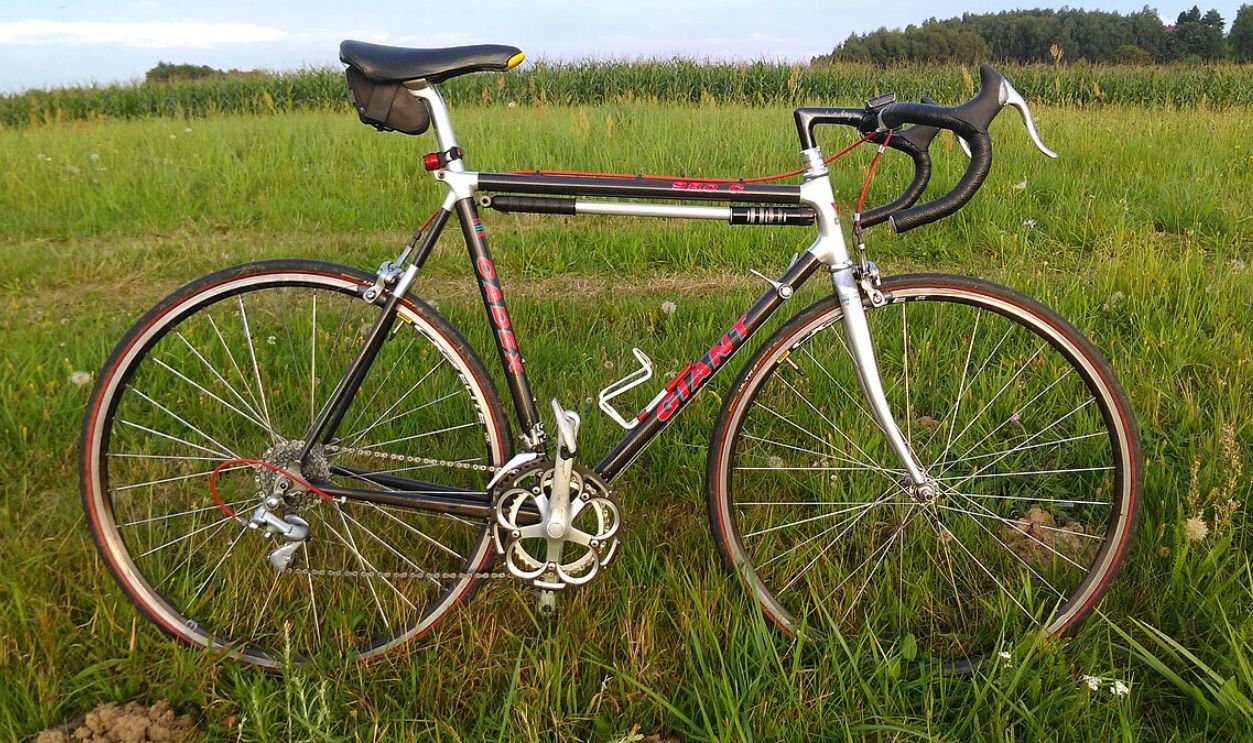 Peter.shaman, CC BY-SA 4.0, Wikimedia Commons
Peter.shaman, CC BY-SA 4.0, Wikimedia Commons
Road Races Capturing Attention
When the Tour de France was launched in 1903, bicycles endured. Competitors braved brutal climbs and unpredictable weather to prove their caliber. These races inspired advancements in bike design, with lighter frames and better gears becoming necessities for serious cyclists.
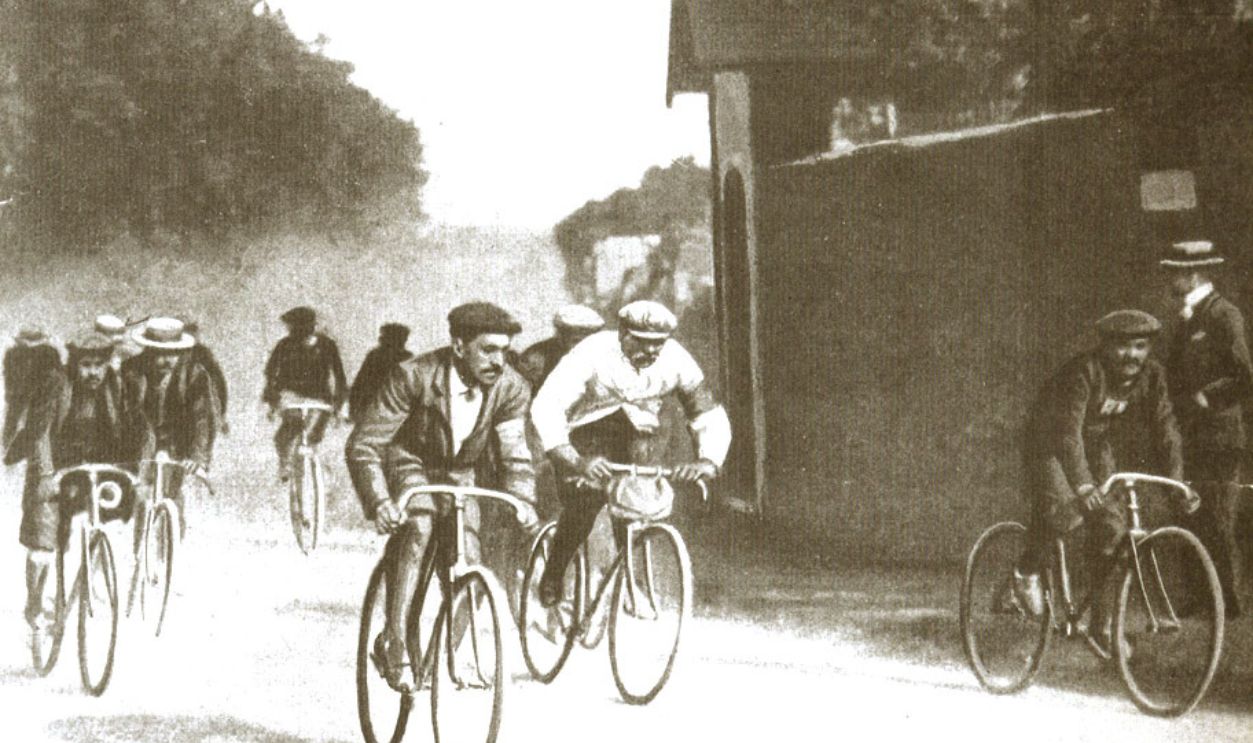 Unknown Author, Wikimedia Commons
Unknown Author, Wikimedia Commons
Touring Bicycles Gain Popularity
Bicycles started being a ticket to adventure with the arrival of touring bikes. In the 1900s, touring bikes were designed for long-distance travel, having sturdier frames, comfortable saddles, and room for panniers. Riders loved the freedom to explore. Touring bikes made cycling a part of people's lifestyles.
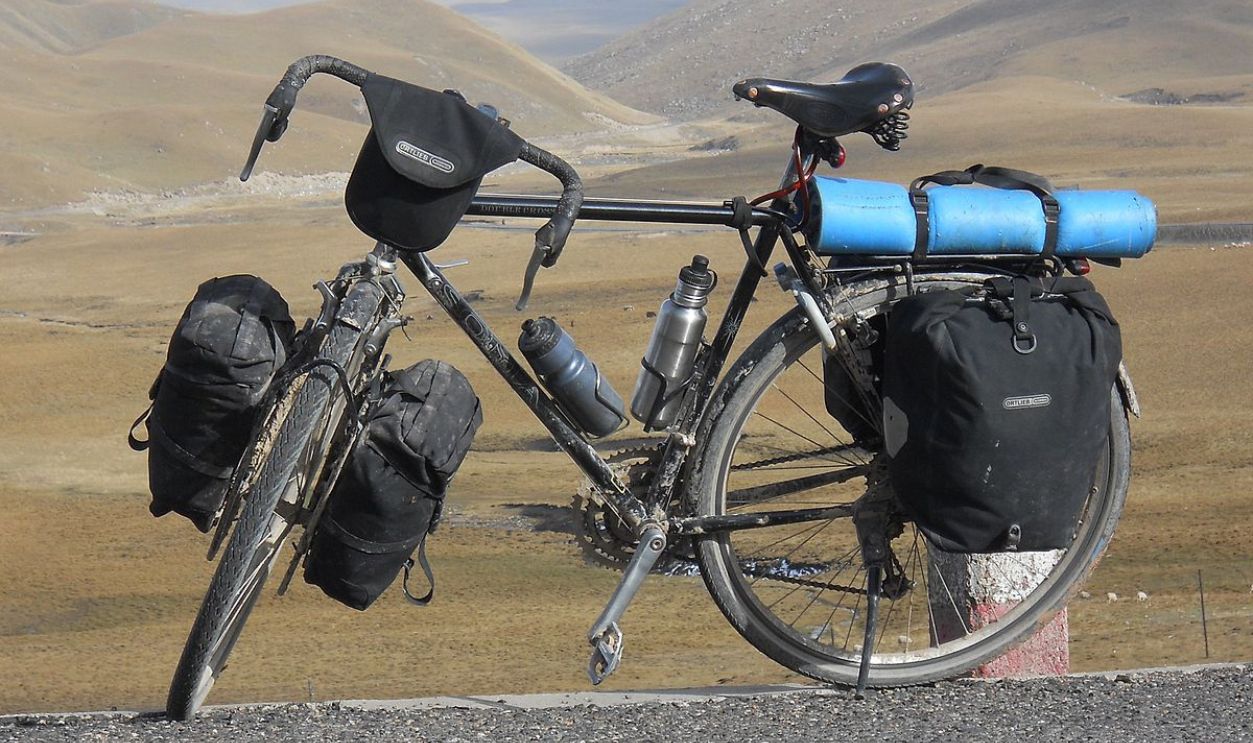 Keithonearth, CC BY-SA 3.0, Wikimedia Commons
Keithonearth, CC BY-SA 3.0, Wikimedia Commons
Bianchi Brings Italian Charm
Bianchi started in 1885 and brought artistry to engineering. Bianchi's touring bikes were as gorgeous as they were tough. With lightweight frames and a signature Celeste-green color, Bianchi made exploring the open road a classy affair, one pedal stroke at a time.
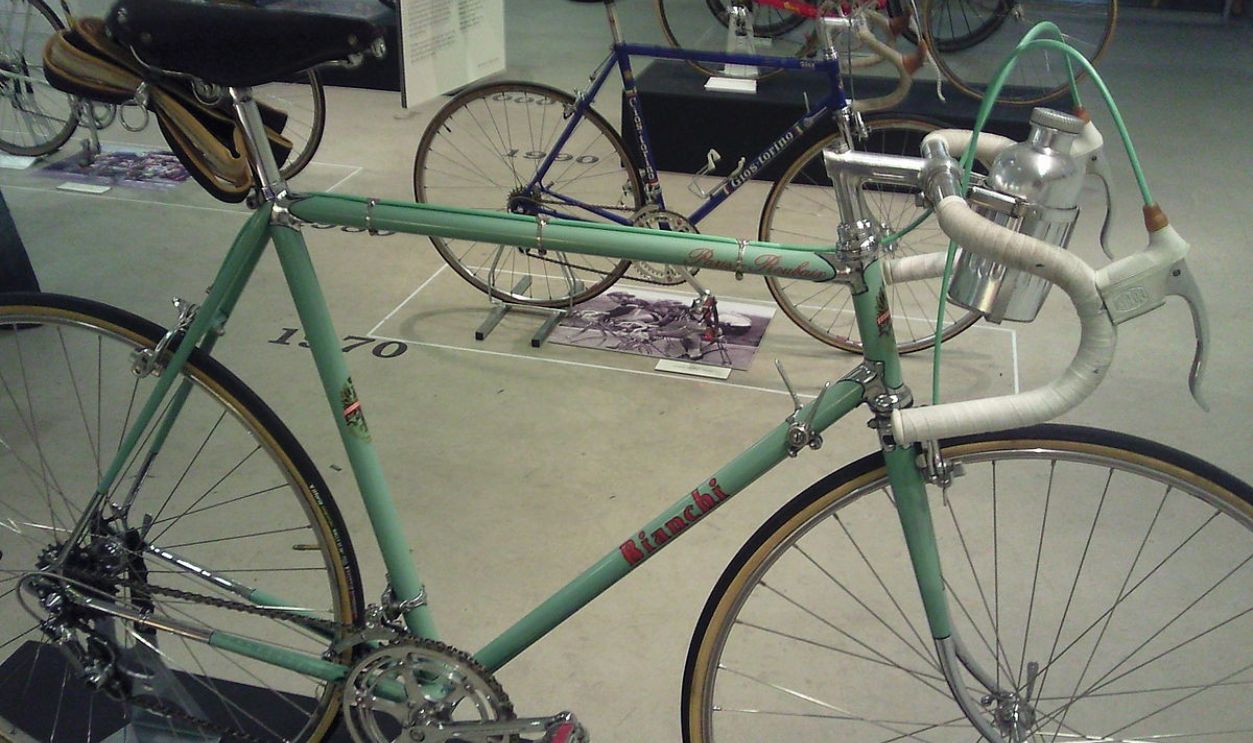 Adam Leadbetter, CC BY 2.0, Wikimedia Commons
Adam Leadbetter, CC BY 2.0, Wikimedia Commons
Thomas Stevens And The Ride Around the World
The 1880s saw Thomas Stevens, the first person to cycle around the world. His incredible journey proved that cycling was fun and exploration rolled into one. Riding a penny-farthing, he crossed continents and challenged terrains. Stevens inspired a global fascination with bicycles as a means of adventure.
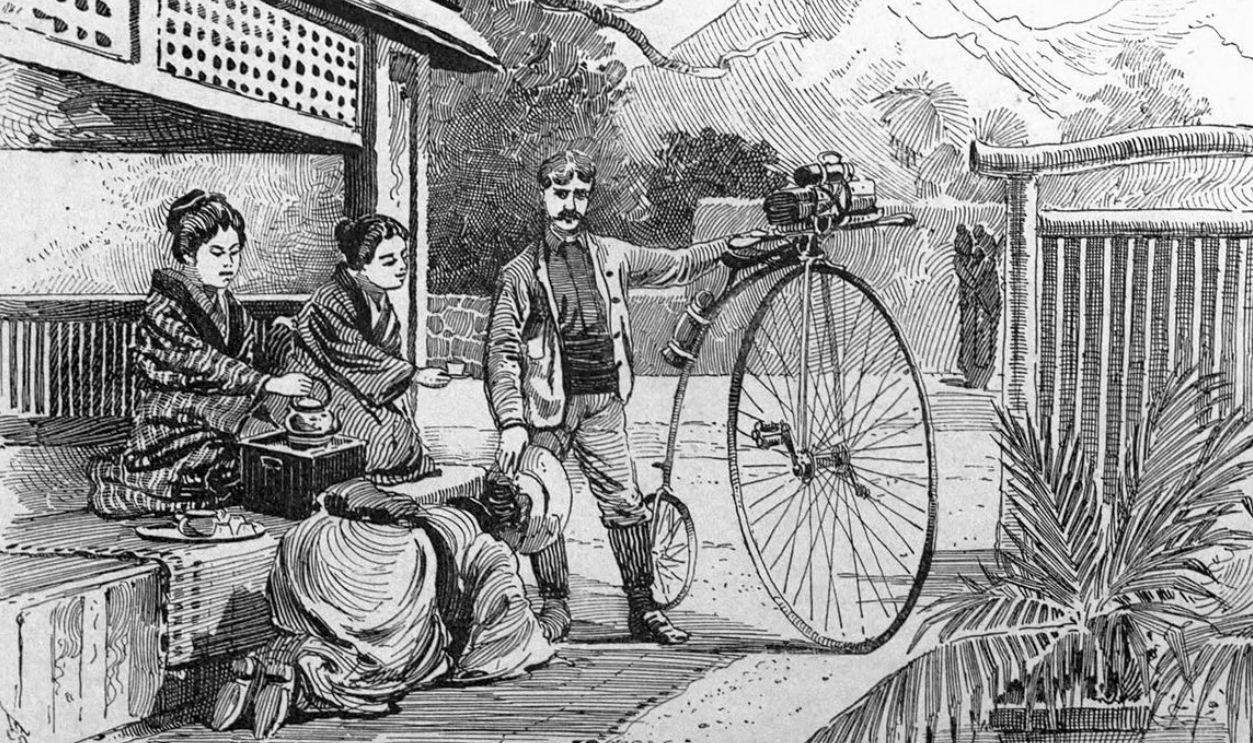 Sampson Low, Marston, Searles, and Rivington, Wikimedia Commons
Sampson Low, Marston, Searles, and Rivington, Wikimedia Commons
Cycling Clubs Taking Root
Soon, cycling clubs were formed. They were more about camaraderie than just riding the wheels. Groups like the League of American Wheelmen planned rides and advocated for better roads. The social clubs drew everyone from city workers to rural wanderers, united by a shared love of two wheels.
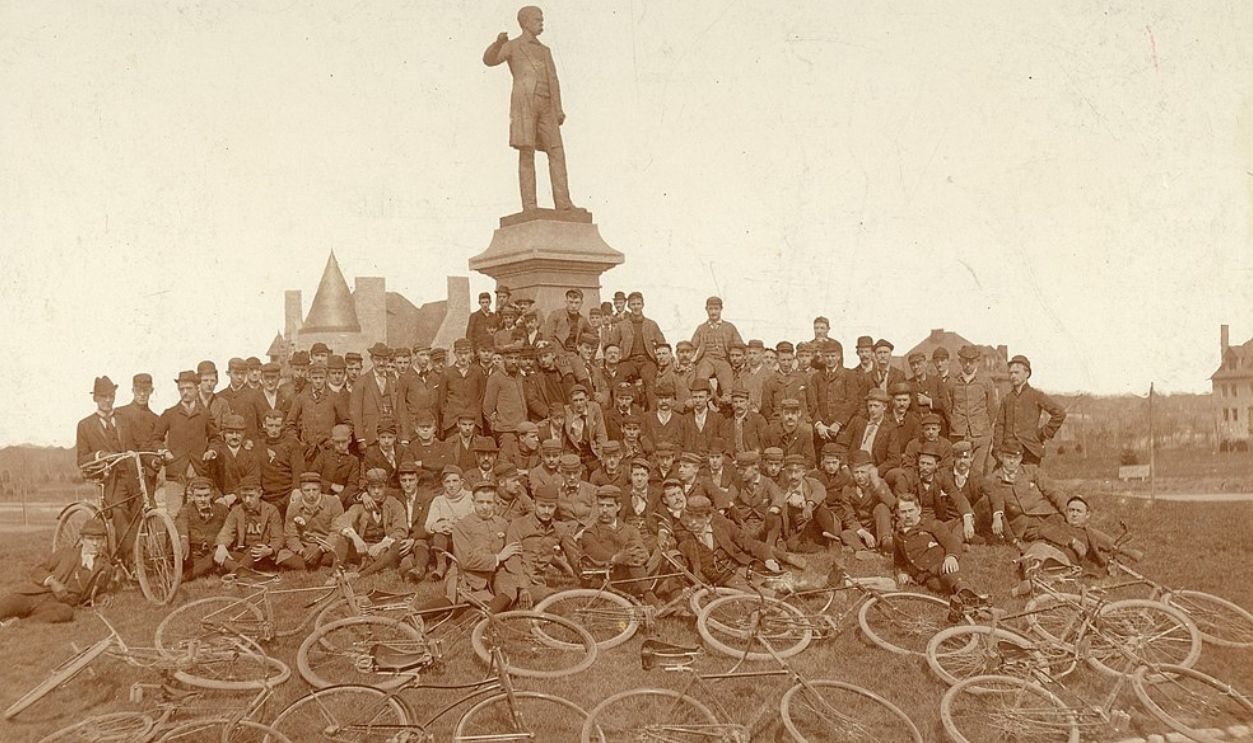 Frank Starke, Wikimedia Commons
Frank Starke, Wikimedia Commons
Women's Freedom Through Bicycles
For women in the 19th century, bicycles were more than tools—they meant independence. Suffragists like Susan B. Anthony called cycling a "freedom machine," as it gave women mobility and challenged restrictive clothing norms. The bloomer-style cycling pants were also a quiet revolution in women's fashion.
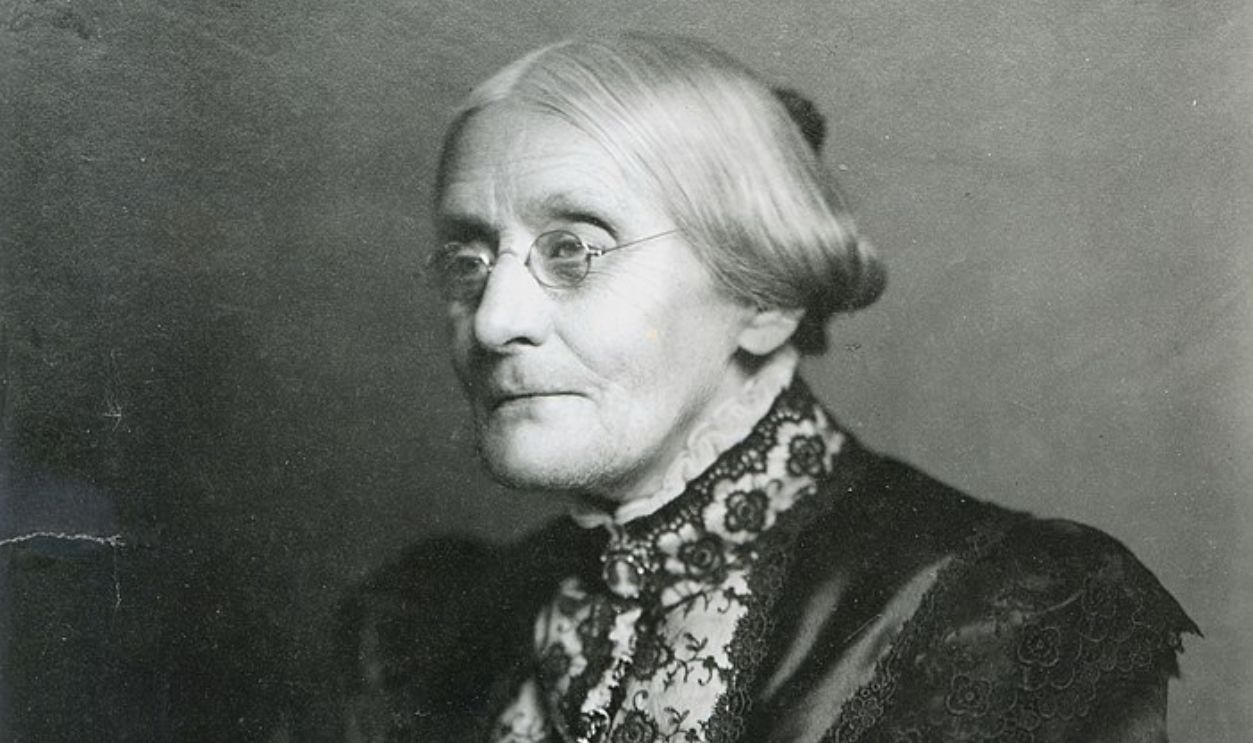 Unknown Author, Wikimedia Commons
Unknown Author, Wikimedia Commons
Peugeot Empowers Women Riders
It was Peugeot that finally understood the need for inclusivity. During the late 19th century, they crafted bicycles for women, complete with lighter frames and comfortable designs. For women who sought independence, Peugeot bikes introduced the ultimate liberation on wheels.
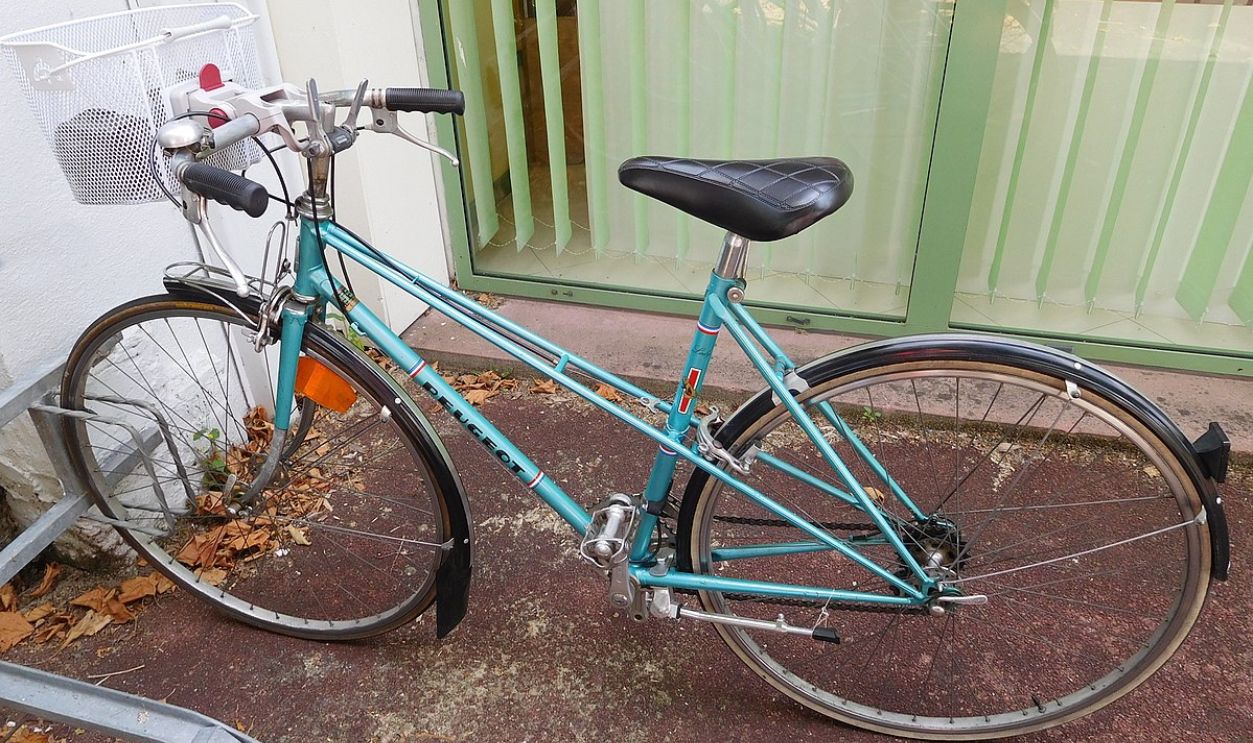 Cjp24, CC BY-SA 4.0, Wikimedia Commons
Cjp24, CC BY-SA 4.0, Wikimedia Commons
Bicycles And The Working Class
Bicycles became lifelines for workers in the industrial era. Factory employees and laborers couldn't afford horses or carriages, but a bicycle brought affordable, reliable transport. For the working class, bikes bridged the gap between distant jobs and limited housing options. Finally, they turned cities into accessible spaces.
 Adsworldra, CC BY-SA 3.0, Wikimedia Commons
Adsworldra, CC BY-SA 3.0, Wikimedia Commons
Wars' Role In Bicycle Demand
Both WWI and WWII relied on bicycles in surprising ways. Soldiers used them for stealthy troop movements, while couriers delivered messages across battlefields. During WWII, material shortages also made bicycles necessary for civilians, as they were a practical and resilient form of transport by then.
Military Bikes Shaping Strategies
Military-grade bicycles were tactical tools. In WWI, bicycles helped scouts move silently through enemy lines. Specialized folding bikes were even used by paratroopers in WWII. Those bikes were compact enough to be dropped from planes and sturdy enough to handle rugged terrain.
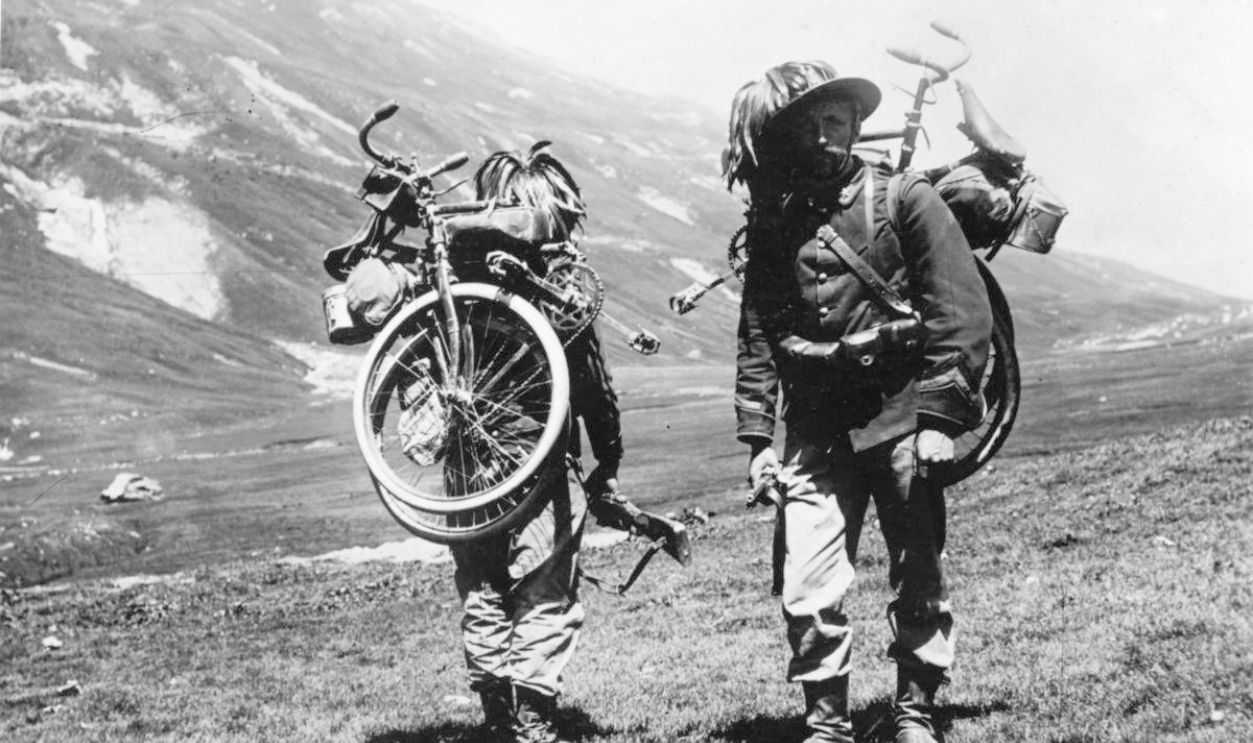 Risorgimento, Wikimedia Commons
Risorgimento, Wikimedia Commons
Tandem Bicycles Made Things Social
Two seats, two sets of pedals, and double the fun—tandem bicycles brought people closer. First popularized in the late 19th century, these bikes became a hit for couples and competitive riders. From leisurely park rides to daring speed records, tandems proved that cycling was better with a partner.
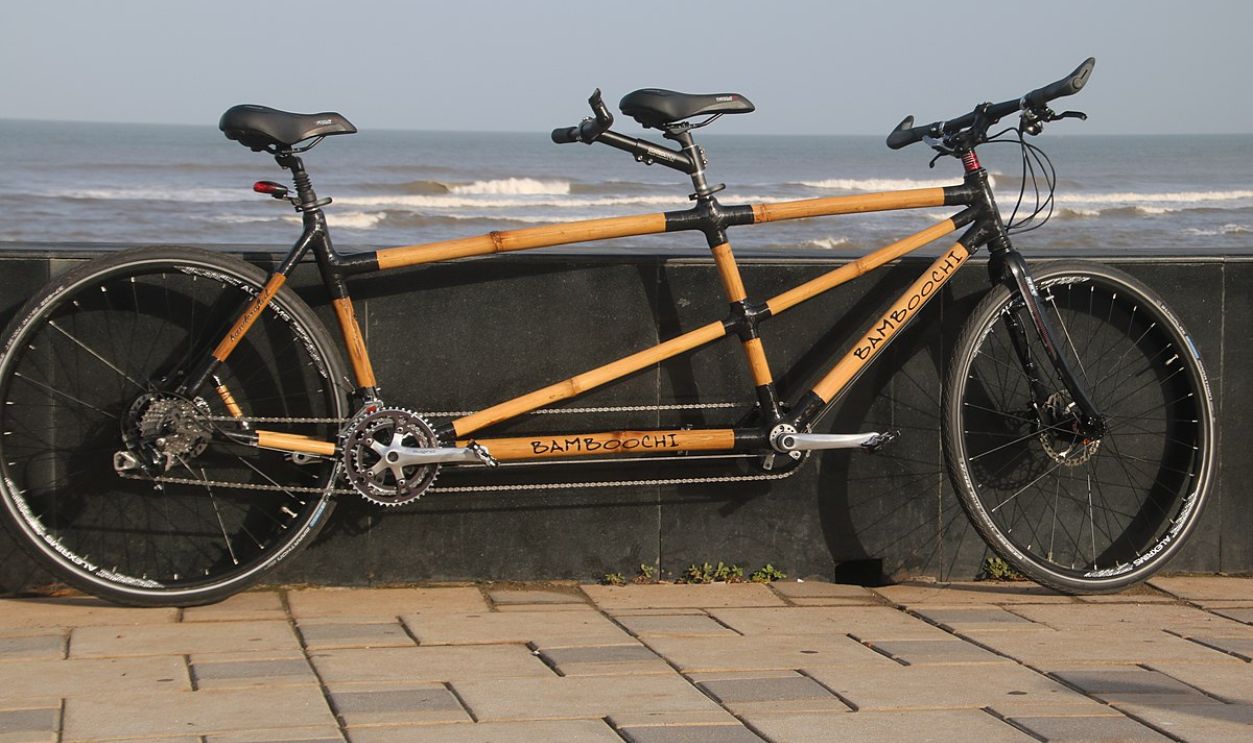 Dennisfleischmann, CC BY-SA 4.0, Wikimedia Commons
Dennisfleischmann, CC BY-SA 4.0, Wikimedia Commons
Bicycles In Film And Culture
The Italian classic The Bicycle Thief (1948) showed how much a bike could mean to a family. It revealed the deep struggles of everyday life, where losing a bicycle meant losing everything. For decades, it's been a reminder of how something as small as a bike can hold immense power.
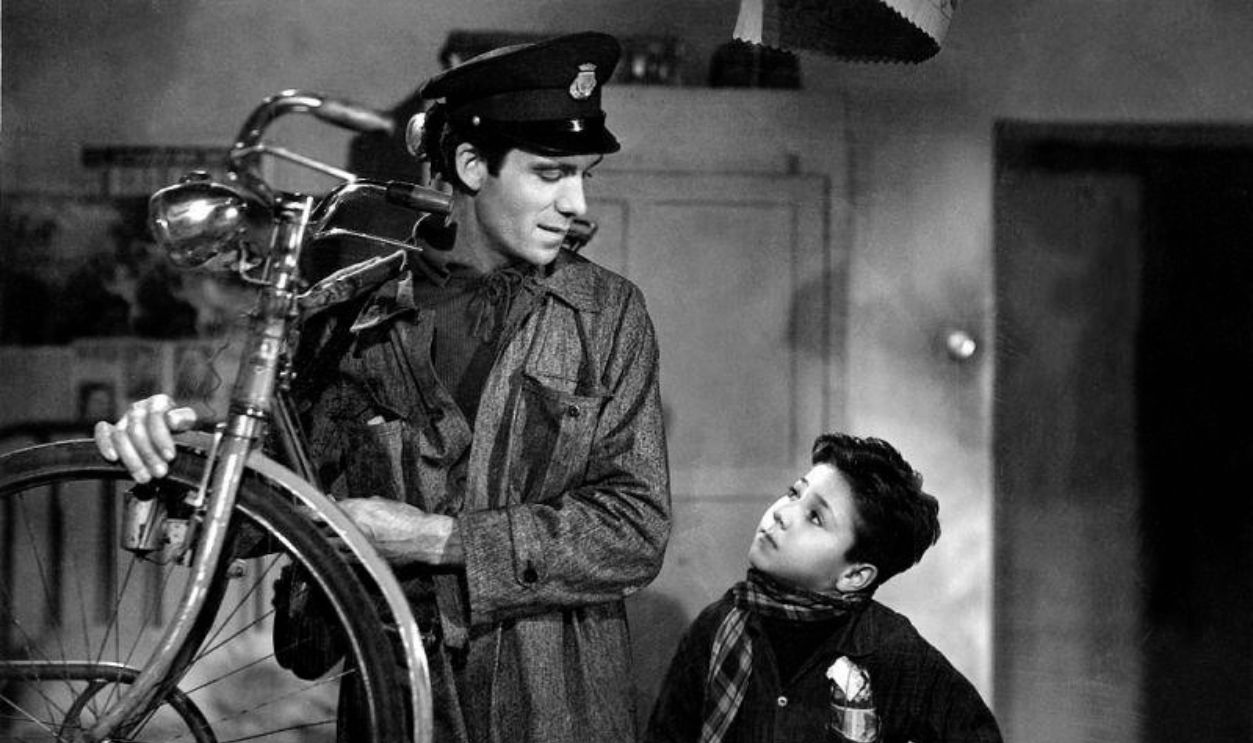 Johnny Freak, Wikimedia Commons
Johnny Freak, Wikimedia Commons
India's Atlas Cycles
For millions of Indian workers, a bicycle was a lifeline. Atlas Cycles, founded in 1951, was the go-to brand for rugged, affordable bikes. Be it crossing rural roads or city streets, Atlas Cycles were trustworthy. Even today, an Atlas bike is still the backbone of some workers in India.
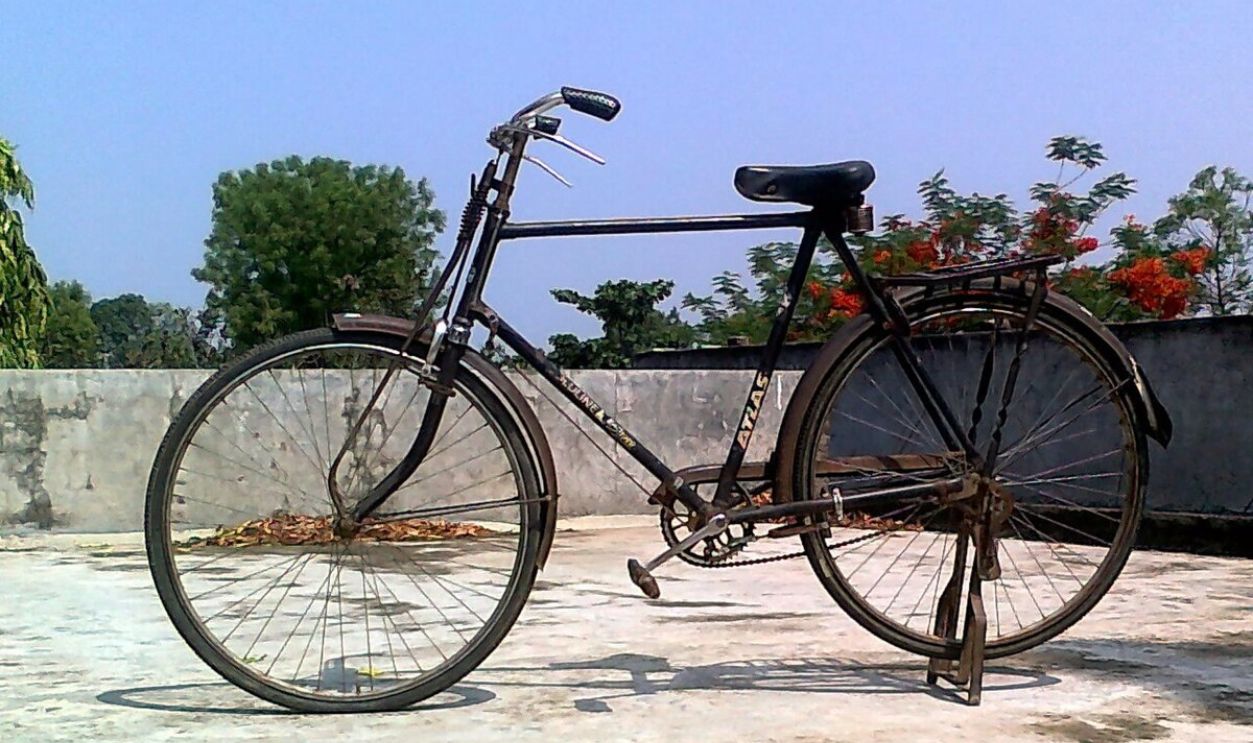 abhiriksh, CC BY-SA 3.0, Wikimedia Commons
abhiriksh, CC BY-SA 3.0, Wikimedia Commons
China's Bicycle Revolution
China became the "Bicycle Kingdom" in the 1970s. With over 500 million bikes, cities thrived on two wheels. Flying Pigeon bicycles dominated the roads by providing an affordable way for families to stay connected. These bicycles moved the nation forward, and they still do so through present-day electric bikes.
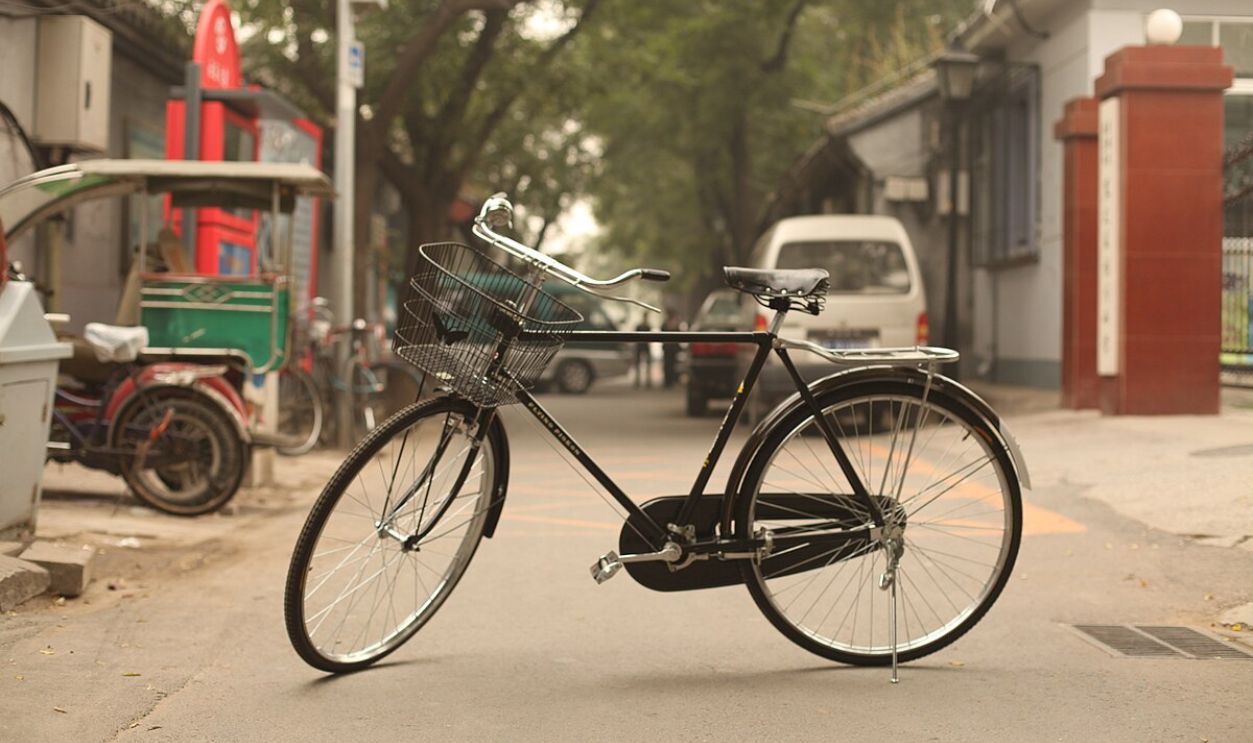 timquijano, CC BY 2.0, Wikimedia Commons
timquijano, CC BY 2.0, Wikimedia Commons
The BMX Boom Era
The 1970s saw kids turning empty lots into racetracks with BMX bikes. These sturdy little bikes were inspired by motocross. Thick tires and easy-to-maneuver frames launched a global craze! BMX was all about tricks and jumps that pushed the limits of cycling culture.
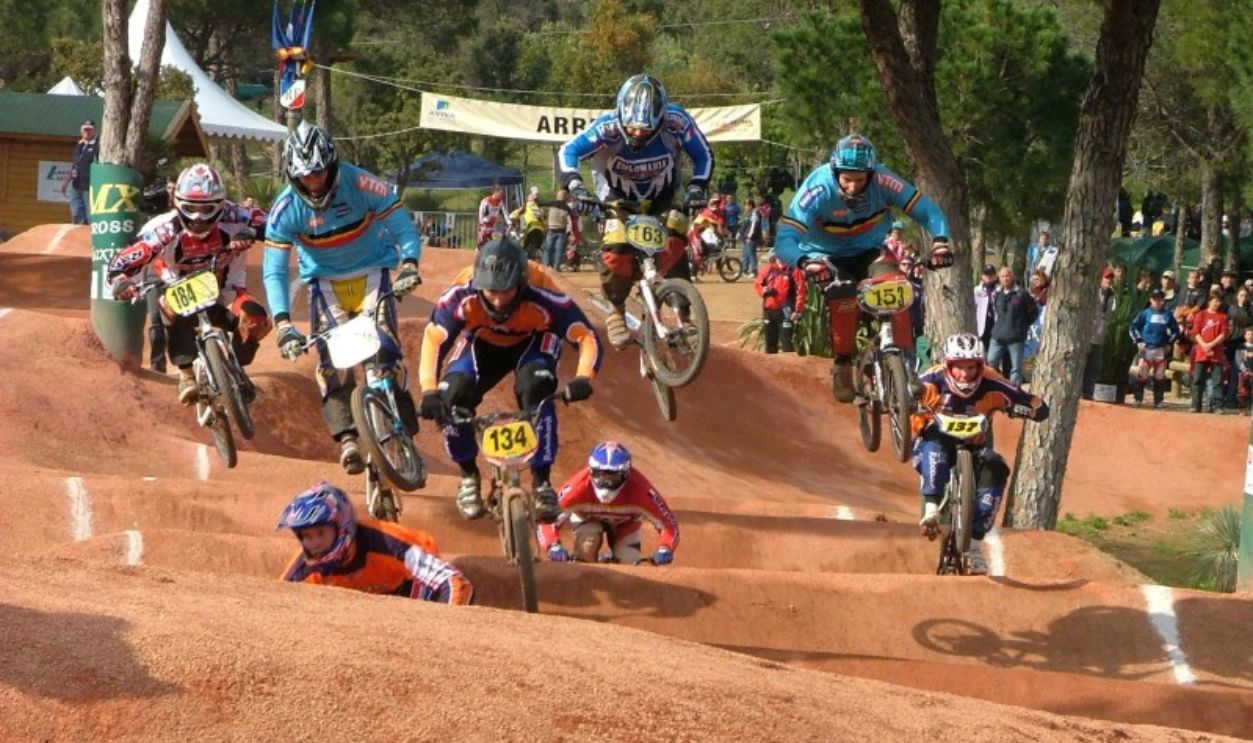 Fabrizio Tarizzo, CC BY-SA 3.0, Wikimedia Commons
Fabrizio Tarizzo, CC BY-SA 3.0, Wikimedia Commons
Mongoose Takes BMX Mainstream
BMX culture was all about going big, and Mongoose bikes made sure kids could do just that. The 1970s saw Mongoose building sturdy frames ready for wild jumps and tricks. If you wanted to be the king of the dirt track, a Mongoose was your throne back then.
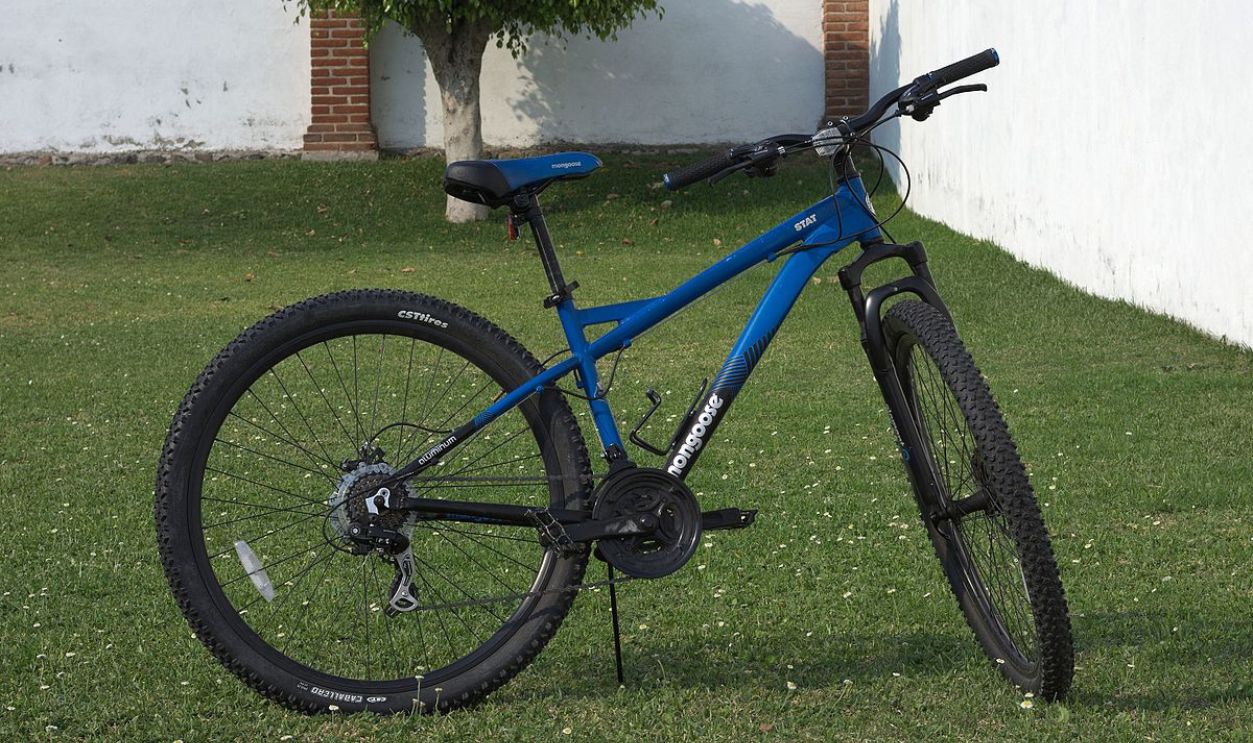 Carlos Valenzuela, CC BY-SA 4.0, Wikimedia Commons
Carlos Valenzuela, CC BY-SA 4.0, Wikimedia Commons
Fixie Bikes And The Urban Cool
Single-speed bikes, or "fixies," took over city streets in the 2000s as the ultimate urban statement. With no gears or frills, they were all about simplicity, raw connection to the road, and personal style. Loved by bike messengers and trendsetters alike, fixies became signs of individuality and countercultural cool.
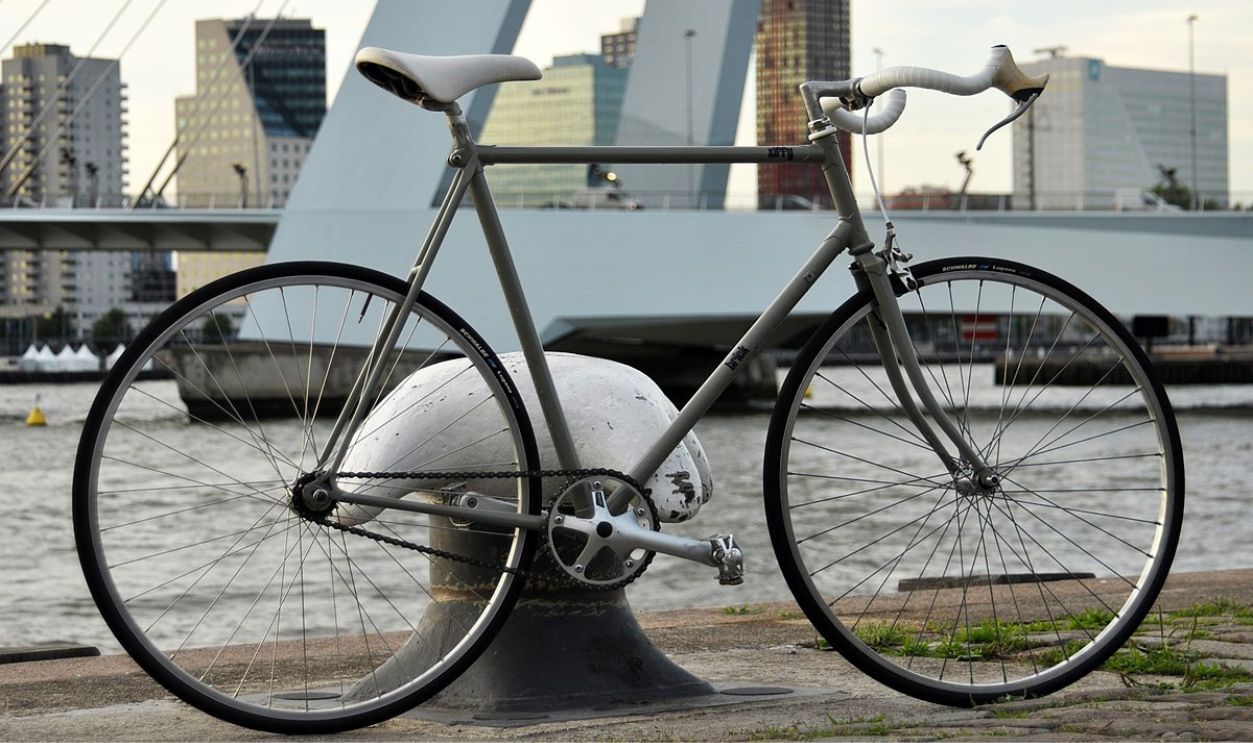 xiffy, CC BY-SA 2.0, via Wikimedia Commons
xiffy, CC BY-SA 2.0, via Wikimedia Commons
BMX Hits The Olympics
BMX entered the Olympics in 2008, and suddenly, cycling wasn't just a sport anymore—it was a worldwide spectacle. What started on dirt tracks turned into dazzling aerial stunts and speed races that wowed the world. This moment put bicycles on a bigger stage to talk about their versatility.
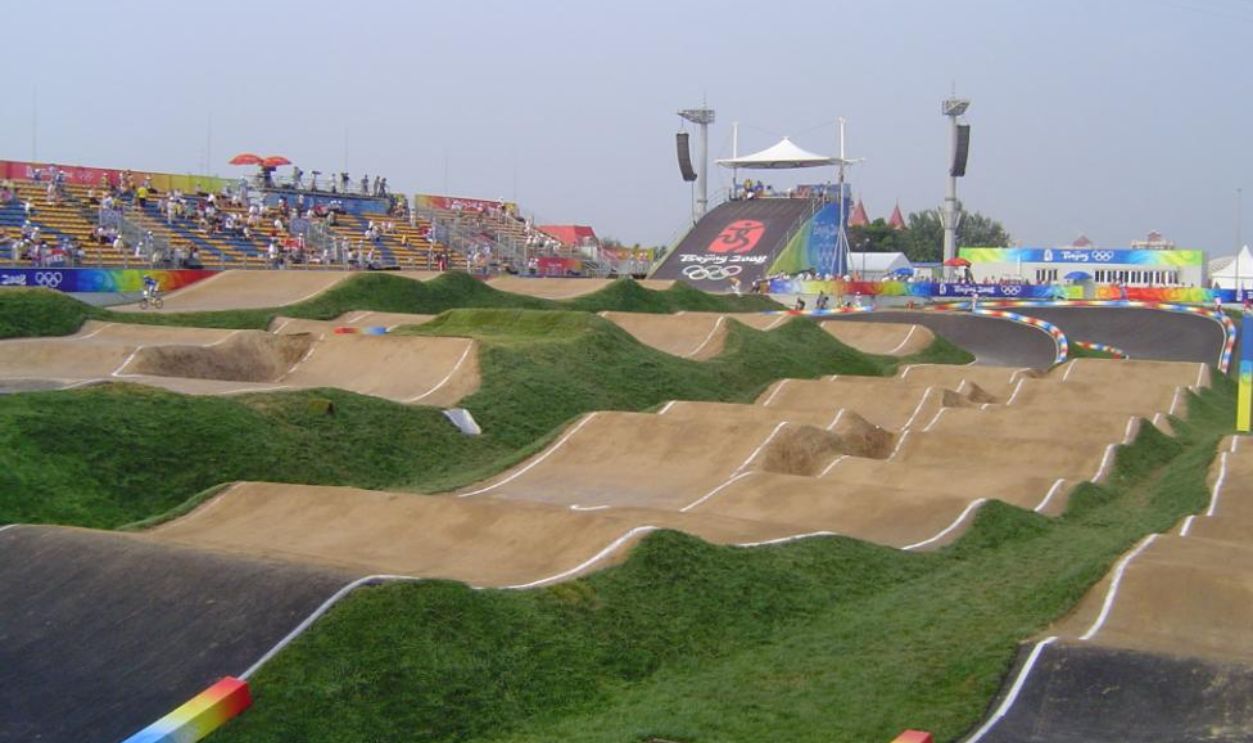 Doma-w, CC BY-SA 3.0, Wikimedia Commons
Doma-w, CC BY-SA 3.0, Wikimedia Commons
Mountain Bikes Enter The Scene
Rugged trails still called for tougher bikes, and it wasn't until the 1970s that mountain bikes surfaced in California—wider tires, better suspension, and durable frames. Joe Breeze and Gary Fisher led the way and turned the niche sport of off-roading into a global phenomenon.
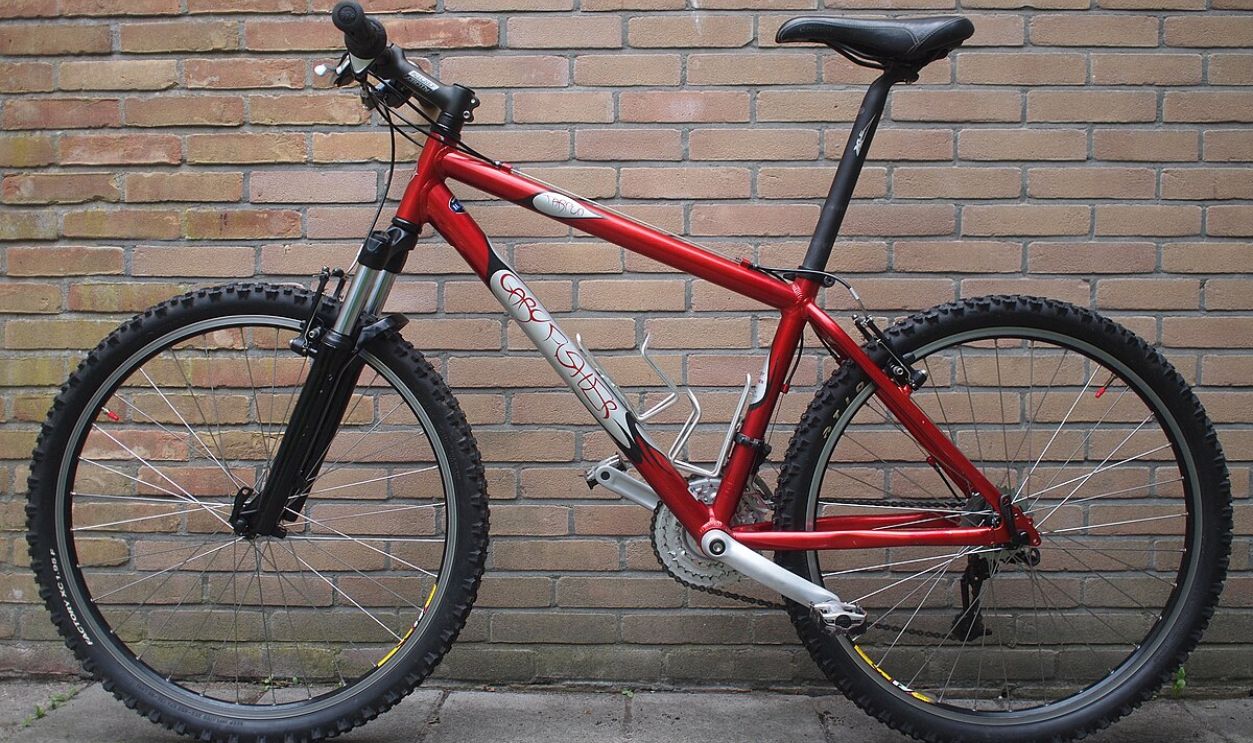 Uberprutser, CC BY-SA 3.0, Wikimedia Commons
Uberprutser, CC BY-SA 3.0, Wikimedia Commons
The Stumpjumper
The Stumpjumper started a movement that took off-road cycling to the next level. When they revealed it in 1981, the world of mountain biking just exploded. As the first mass-produced mountain bike, it was agile and ready for the harshest adventures.
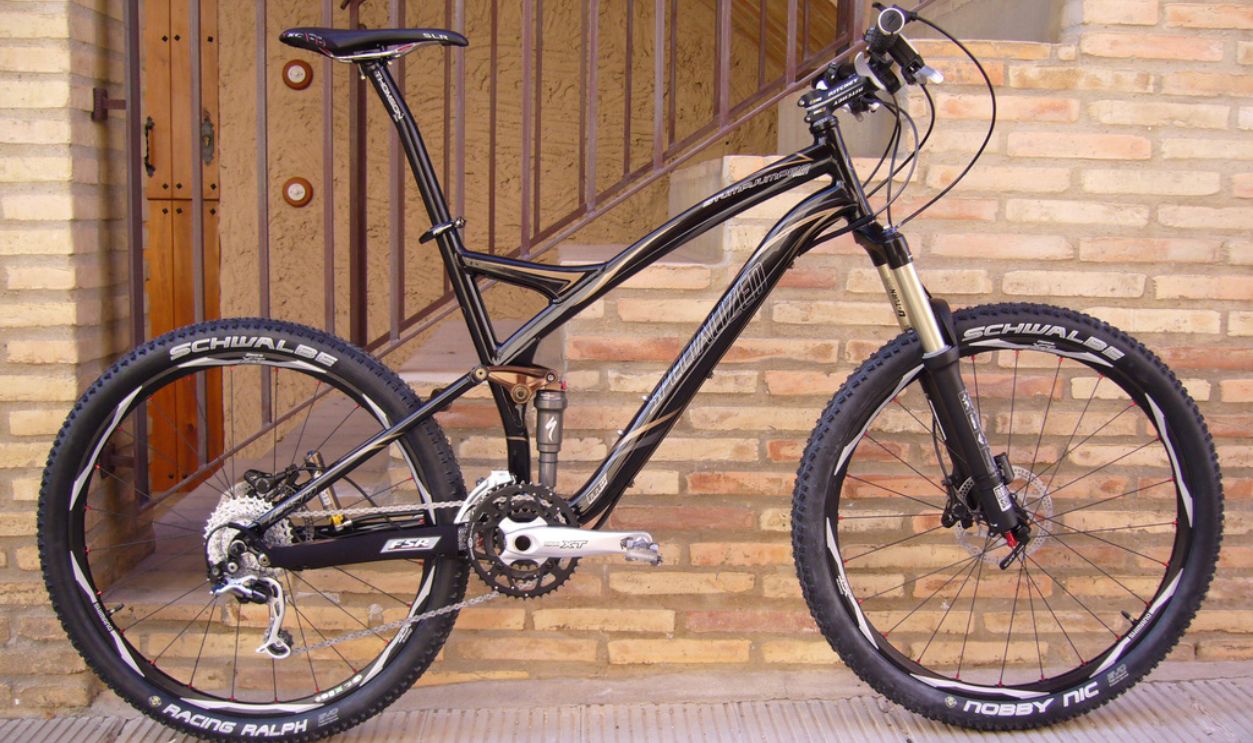 Marnez, CC BY-SA 3.0, Wikimedia Commons
Marnez, CC BY-SA 3.0, Wikimedia Commons
Urban Cycling As A Lifestyle
When urban cycling gained traction in American cities, we got bike lanes. Shared programs also popped up in the 21st century. Cycling is now a convenient and eco-friendly alternative to cars, and many bustling cities acknowledge this fact. In cities like Amsterdam and Copenhagen, bicycles are the way of life.
 katjung, CC BY-SA 2.0, Wikimedia Commons
katjung, CC BY-SA 2.0, Wikimedia Commons
Gazelle Bikes And City Life
For over a century, Dutch brand Gazelle has been making city life easier. Their practical and stylish designs are famous in bike-friendly cities, especially Amsterdam. Electric models now lead the charge, and Gazelle is proving that cycling and convenience go hand in hand.
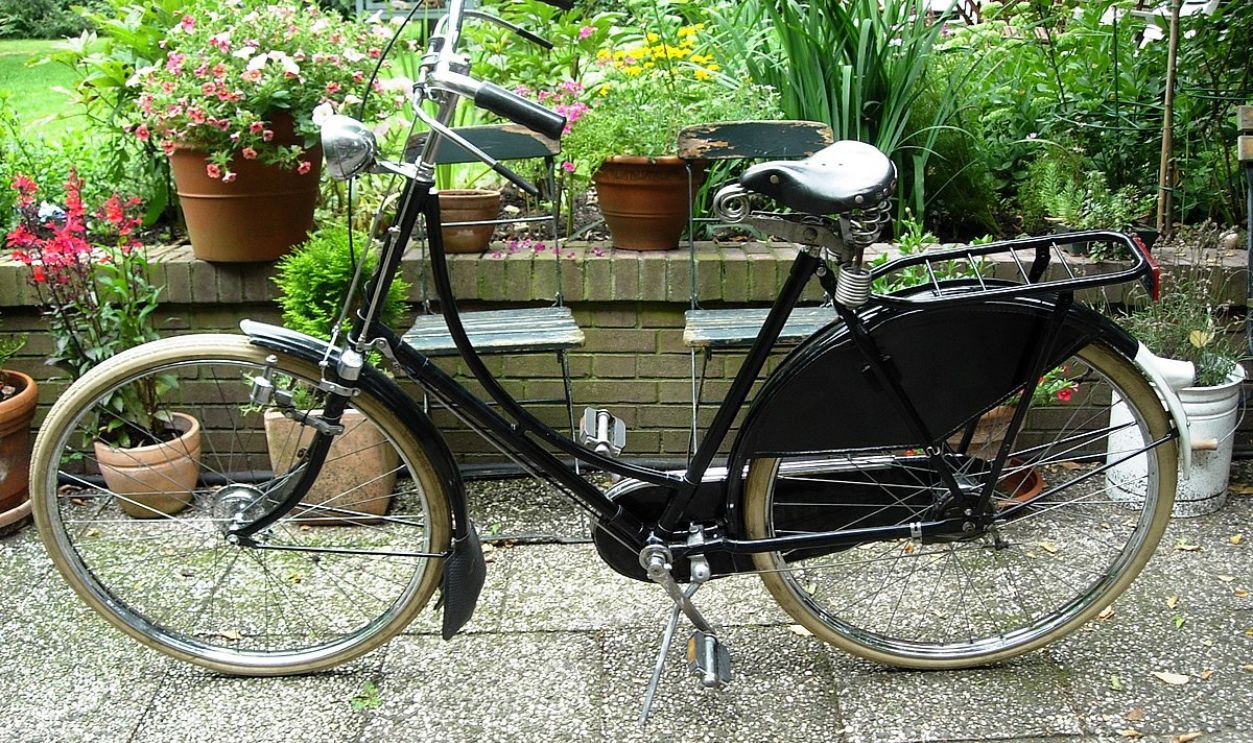 23672158@N04, CC BY 2.0, Wikimedia Commons
23672158@N04, CC BY 2.0, Wikimedia Commons
Folding Bikes For Convenience
Folding bikes first rolled onto the scene in the 1880s with some clever patents. They were bulky and awkward at first. Fast forward to the boomer era—folding bikes with lightweight and compact designs became famous. They're now the perfect fit for cramped apartments and city train rides.
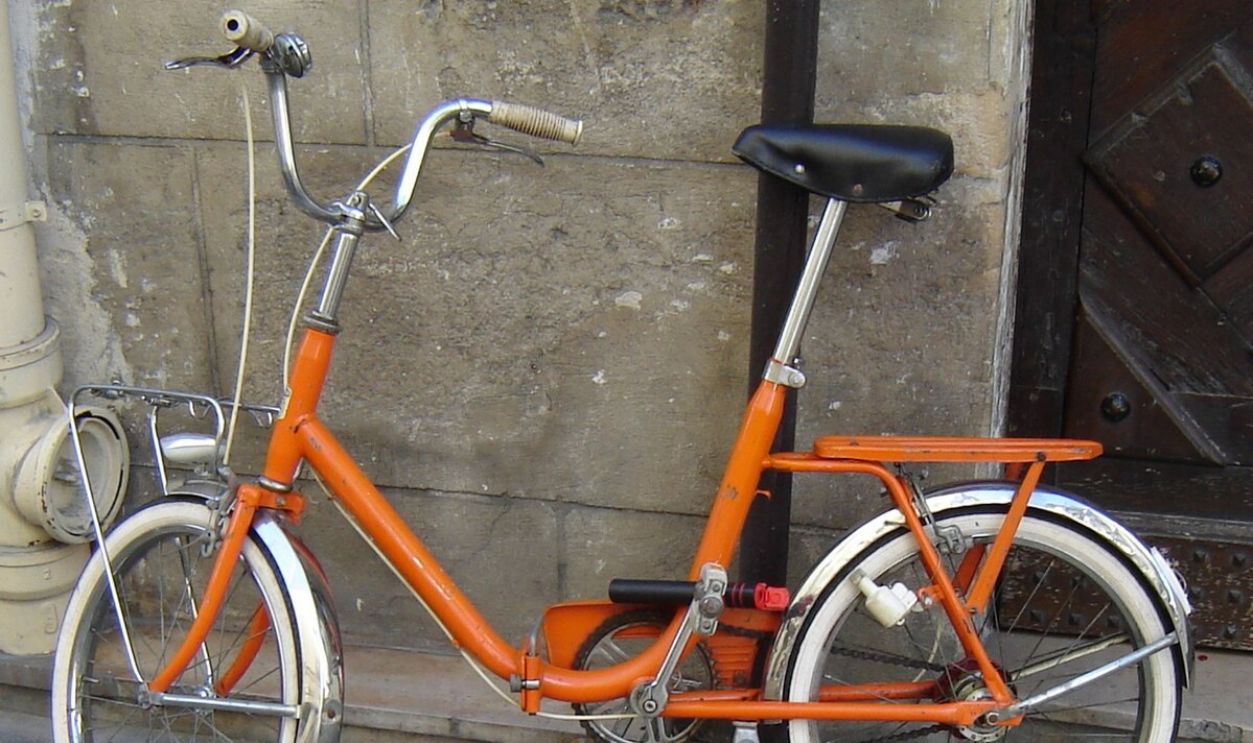 ProfDEH, CC BY-SA 3.0, Wikimedia Commons
ProfDEH, CC BY-SA 3.0, Wikimedia Commons
Fashion And The Cycling Aesthetic
Cycling has also changed how commuters dress. Clean lines of pro racers' Lycra, the urban cool of messenger bags—cycling gear is as much about style as function. Bicycle riders went on to make fashion statements on wheels.
 KartikMistry, CC BY-SA 3.0, Wikimedia Commons
KartikMistry, CC BY-SA 3.0, Wikimedia Commons
Brazil's Cycling Evolution
In Brazil, São Paulo and Rio roll out bike lanes and rental programs, and Ciclofaixa events turn streets into playgrounds for riders. Moreover, Brazil has sustainable bamboo-framed bikes that add a natural twist to style and smarts on two wheels.
 Direitos Urbanos, CC BY 2.0, Wikimedia Commons
Direitos Urbanos, CC BY 2.0, Wikimedia Commons
Wireless Gear-Shifting
Shimano Di2 and SRAM eTap redefined how to ride bikes. Wireless gear-shifting ditched cables and made gear changes smooth and precise. Riders could focus on the road, not the mechanics. For anyone serious about speed and reliability, electronic drivetrains are the gold standard.
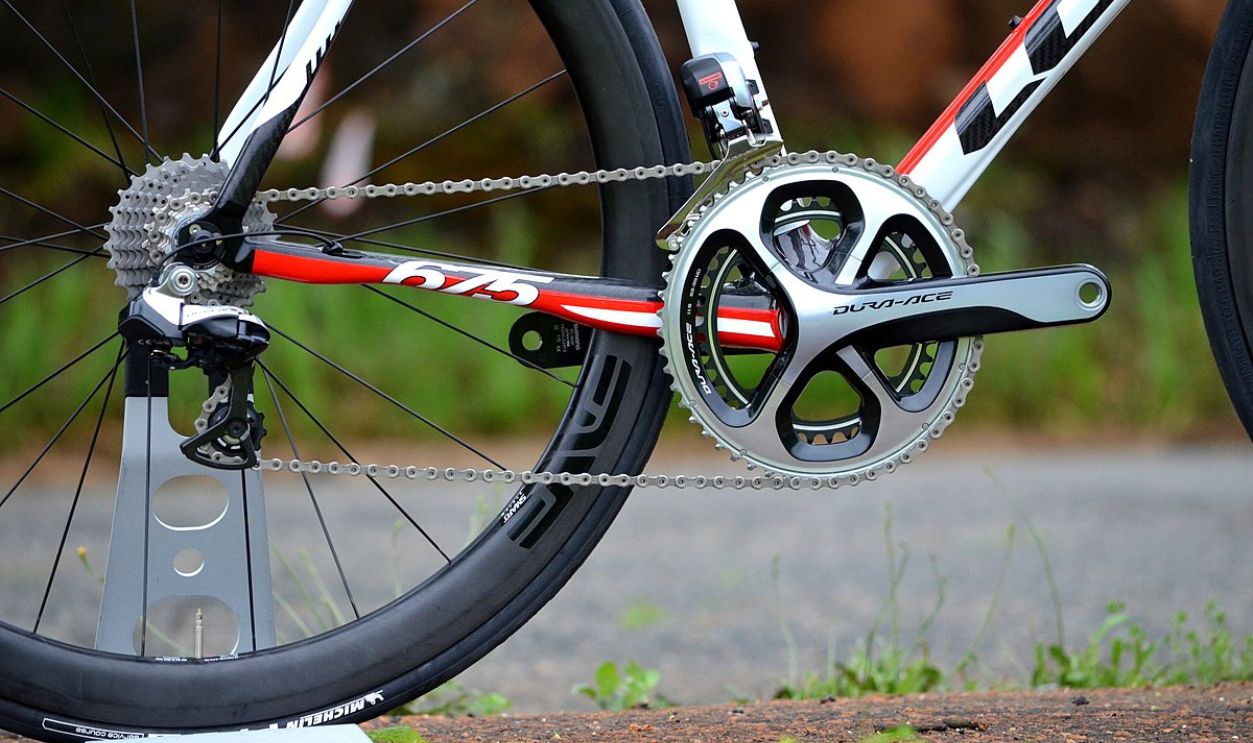 Glory Cycles, CC BY 2.0, Wikimedia Commons
Glory Cycles, CC BY 2.0, Wikimedia Commons
Smart Bicycles For Modern Riders
Modern bikes come loaded with GPS trackers, anti-theft systems, and even electronic shifting that adjusts to your pedaling. Add in smart helmets with Bluetooth and lights, and cyclists are now riding with safety and convenience at their fingertips. No longer just rides, cycles are your high-tech partner on the road.
 Clément Bucco-Lechat, CC BY-SA 3.0, Wikimedia Commons
Clément Bucco-Lechat, CC BY-SA 3.0, Wikimedia Commons


